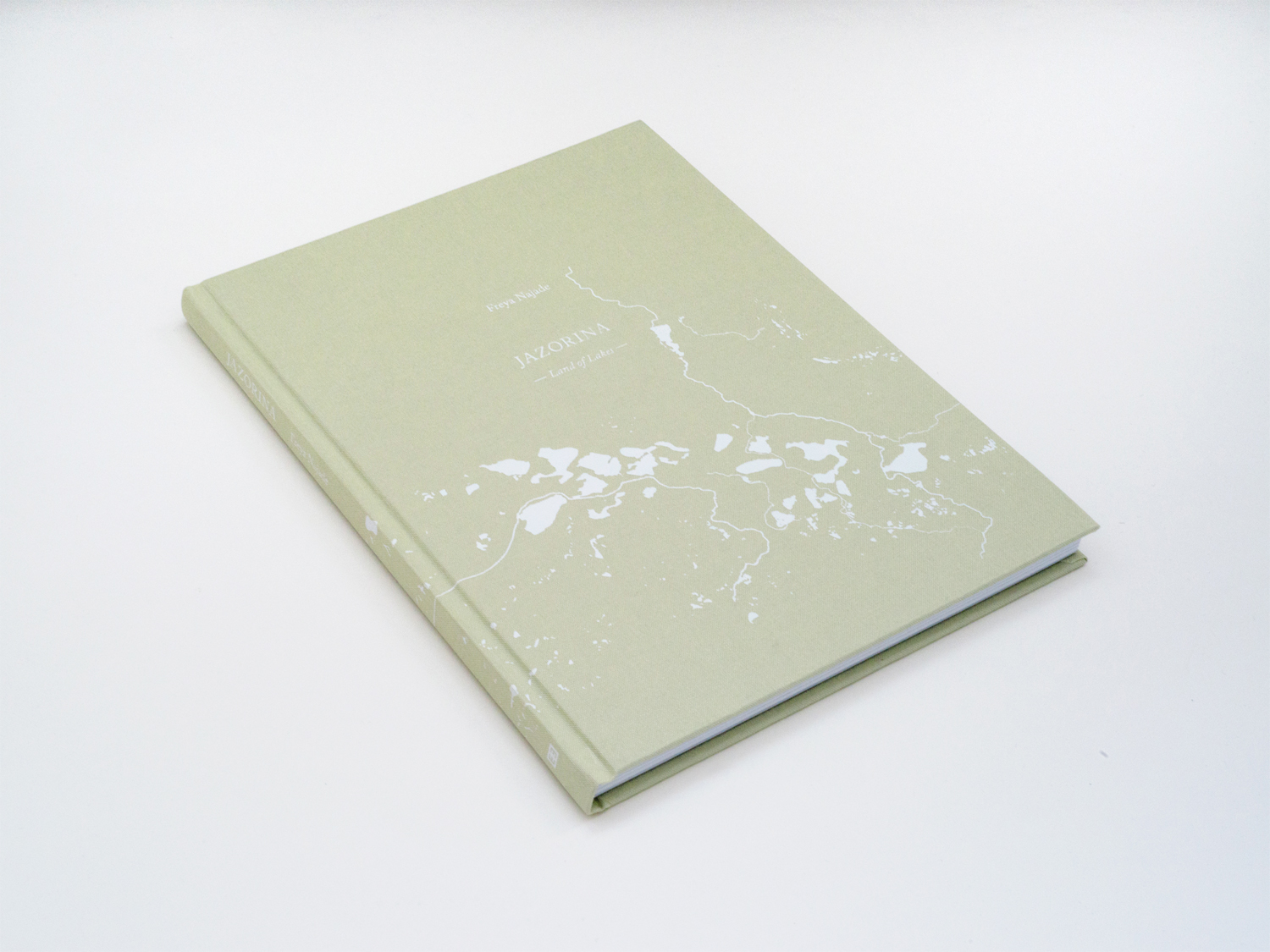
Publisher: Kehrer Verlag
Texts: Lucy Davies and Tina Veihelmann
Hardcover, embossed
18.5 x 24 cm
104 pages
53 color ills.
German/English
May 2016
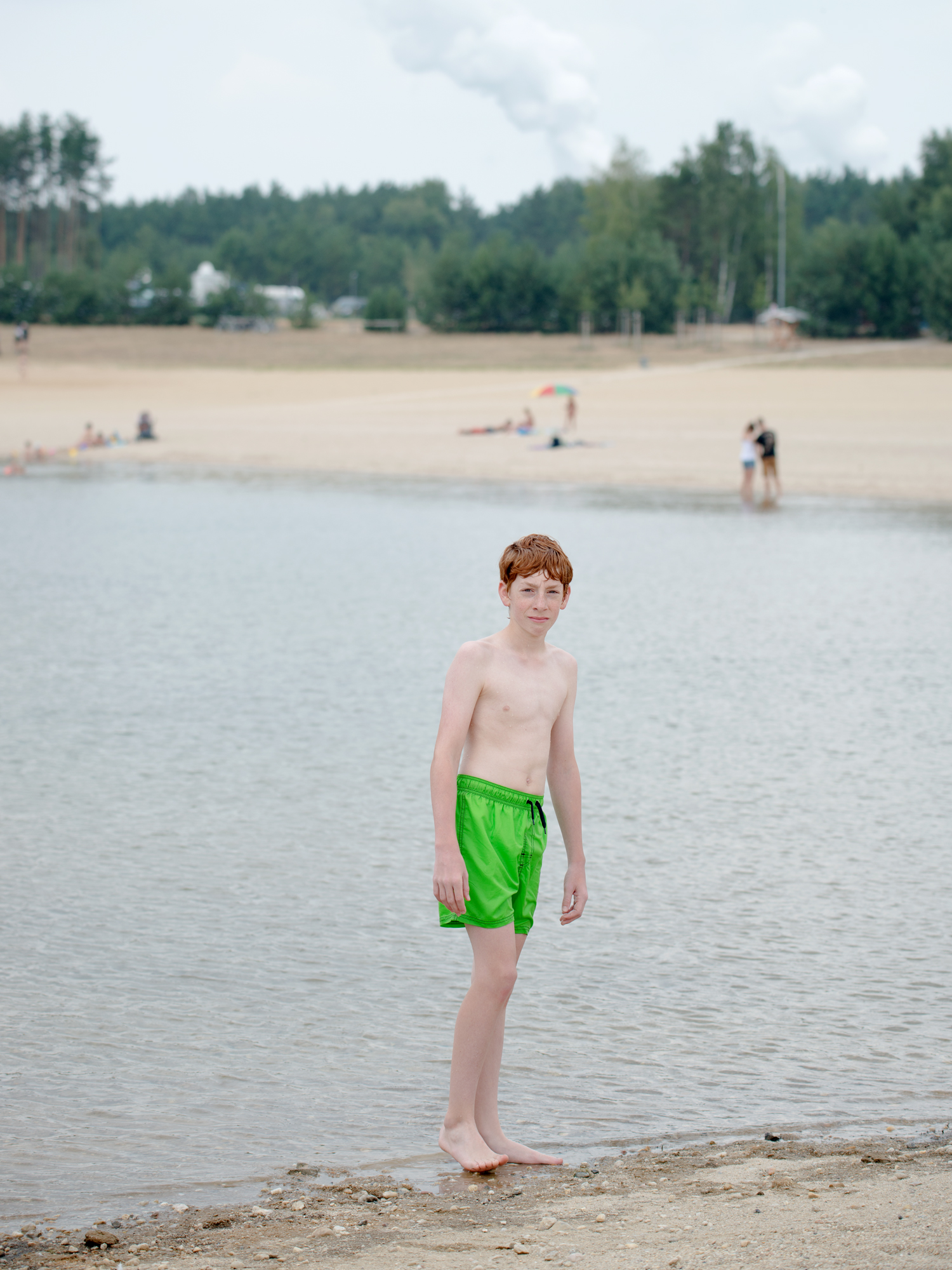
Cyrill
Lusatia, a mining region in the east of Germany, is being transformed into a holiday destination with the creation of more than twenty lakes, beaches and marinas. The lakes attract tourists and also people from the surrounding towns and villages. Cyrill's family lives quite close and today they enjoy a day at the lake “Baerwalder See”.
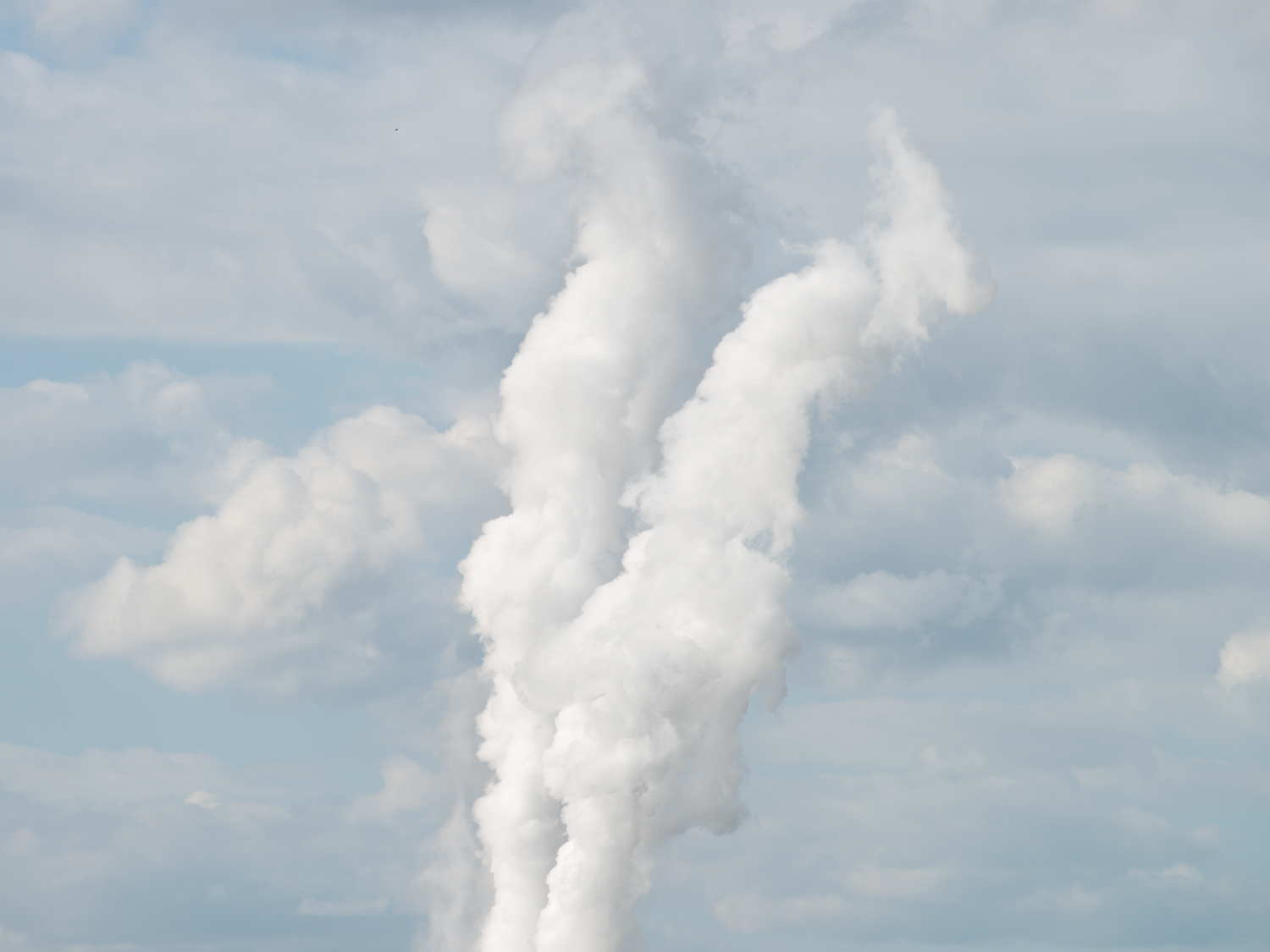
Steam
There are still five active opencast coal mines in Lusatia. The coal produced gets mainly consumed by the nearby power stations and briquette factory.
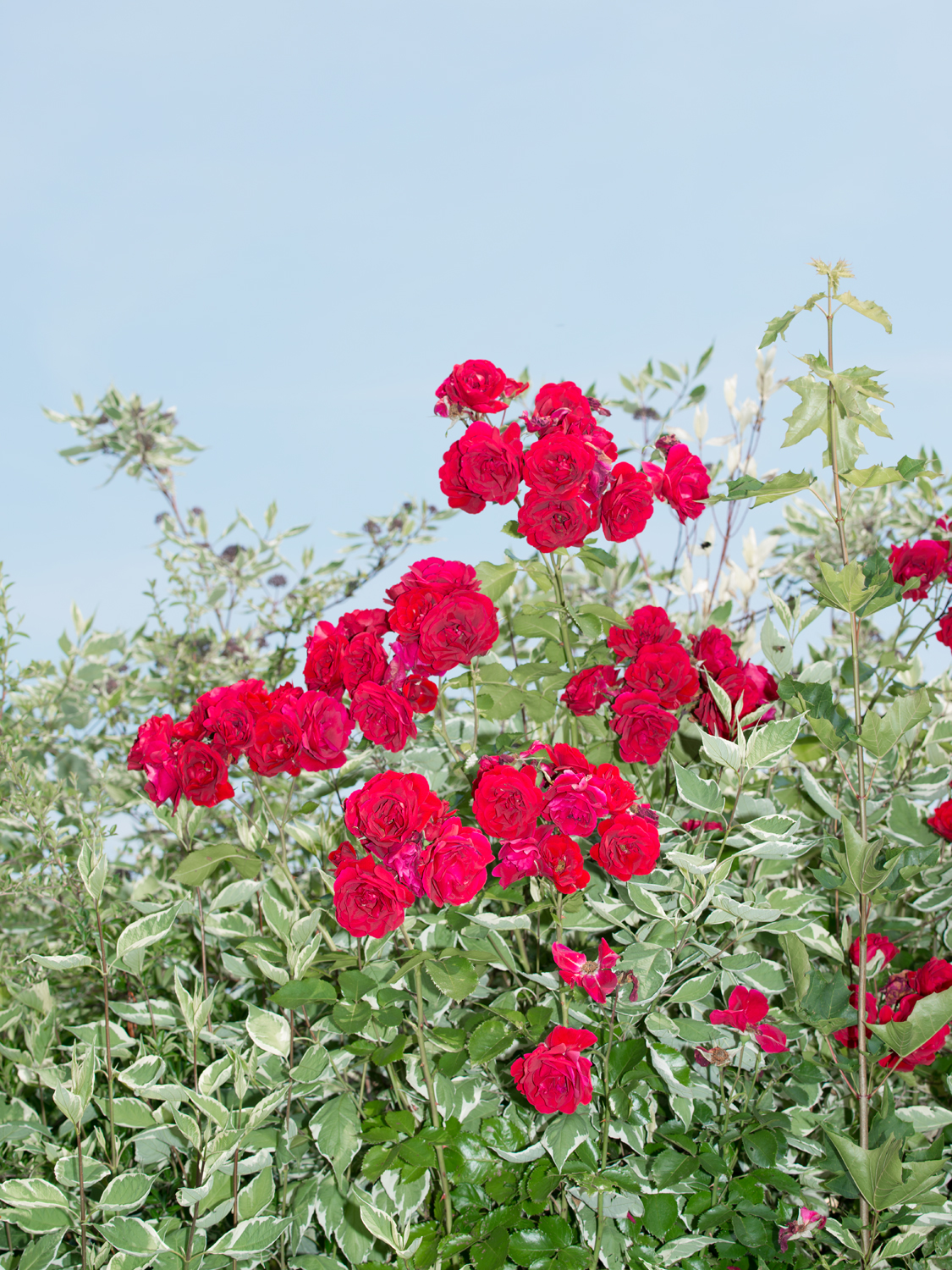
Roses
The planting of vegetation on former mines plays an important part in the recultivation of the landscapes and in the creation of a holiday destination.
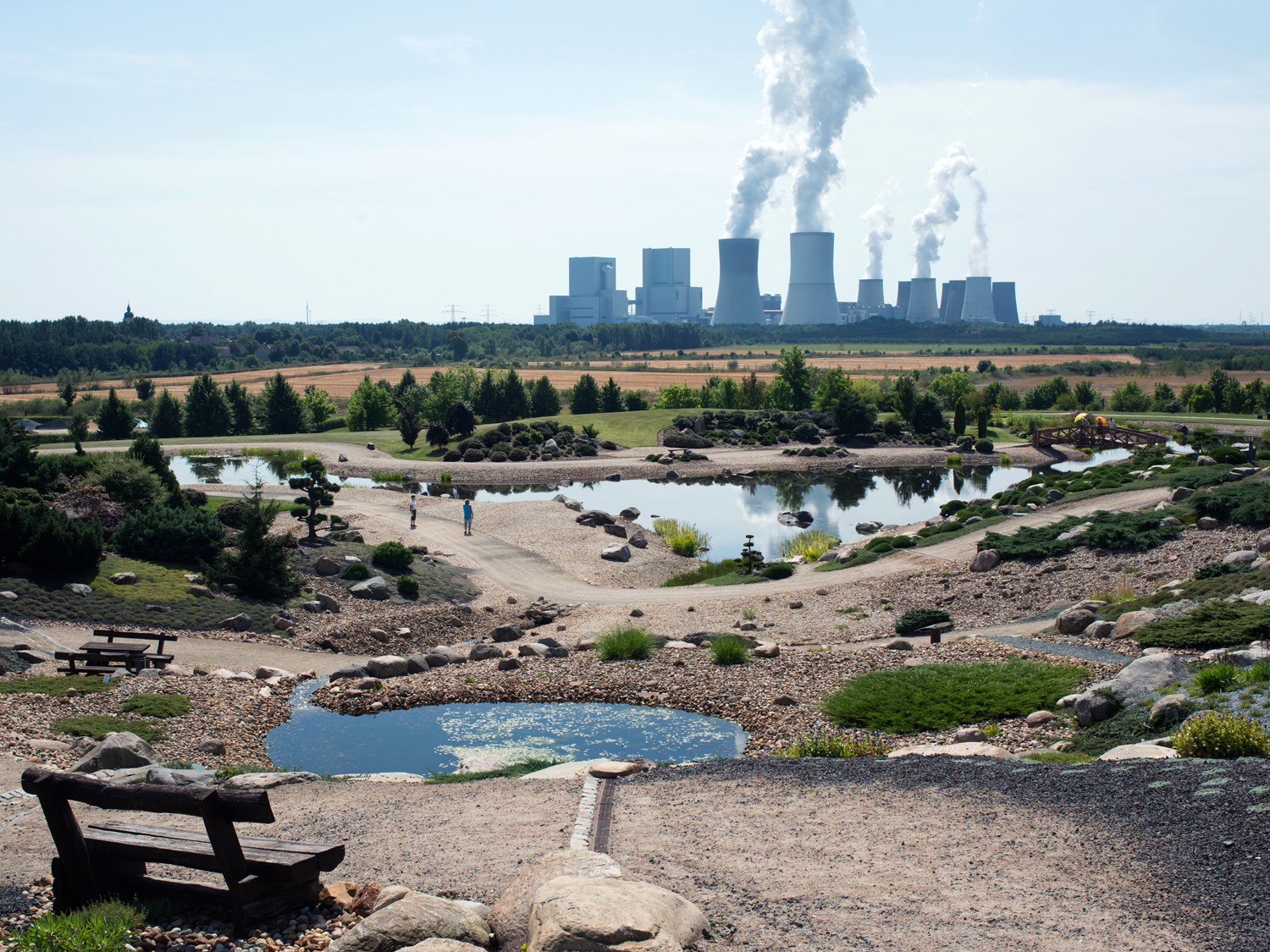
Nochten Boulder Park
Nochten Boulder Park is one of the newly created landscapes. The park is located on the land of a former opencast mine.
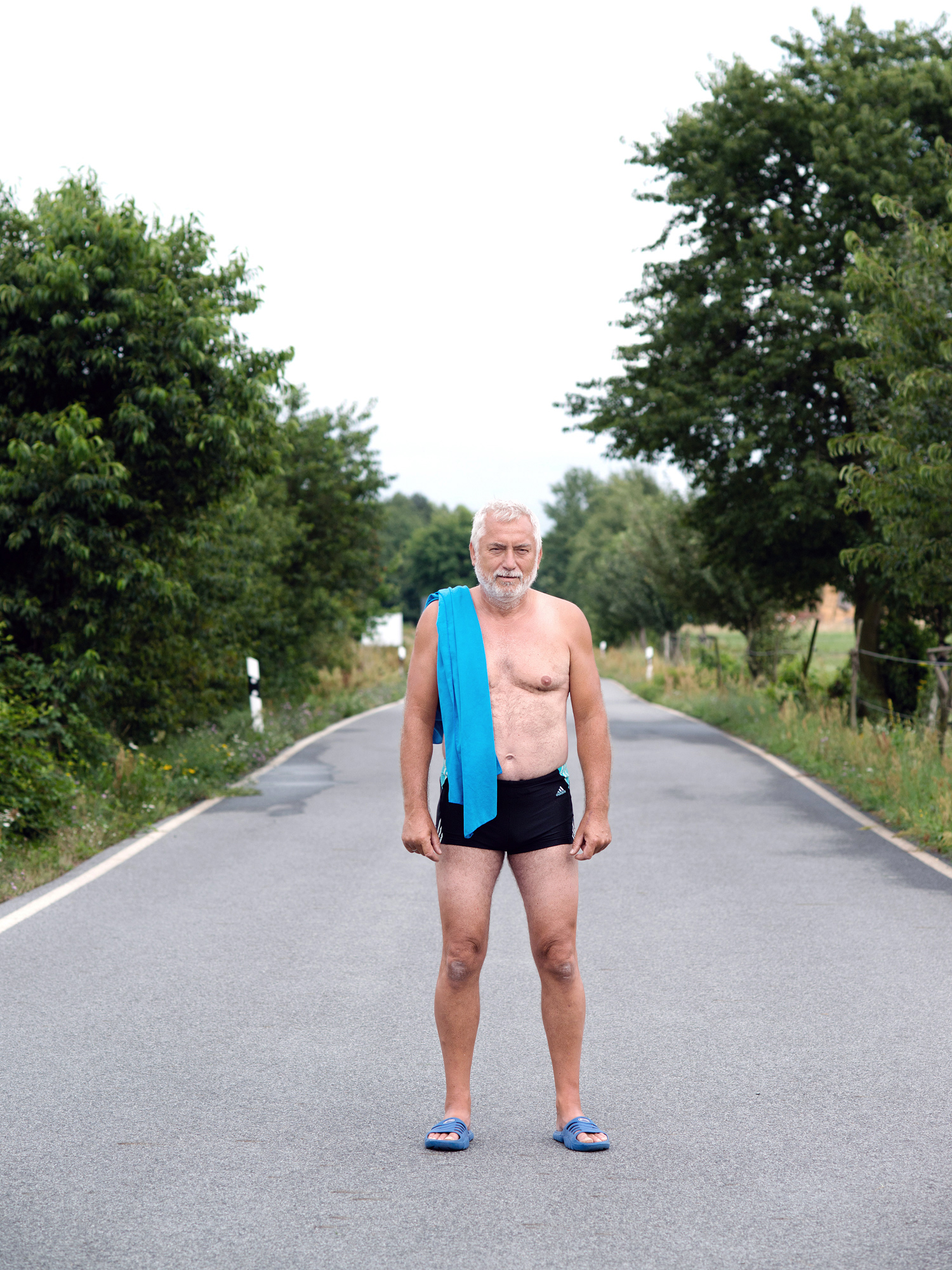
Hermann
Many tourists enjoy that not too many people know about the lakes, yet. Hermann comes with his wife to Lusatian Lake District three to four times a year. He loves the solitude of the region.
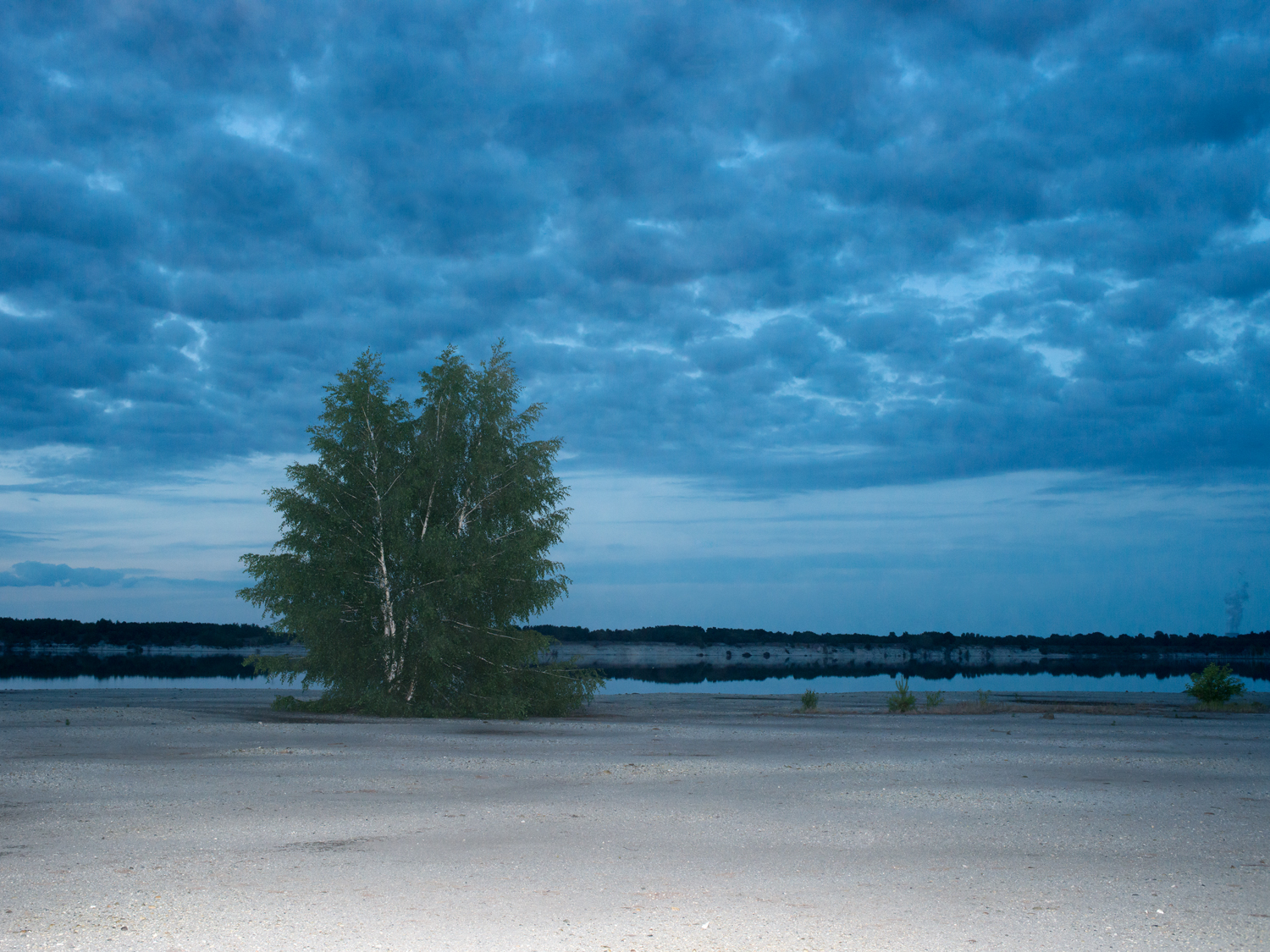
Lake 'Blunoer Südsee'
The lake 'Blunoer Südsee' (engl. Blunoer South Sea) is not open to the public, yet. It owes its name to its location south of the town Bluno and to the South Sea, which wants to hint at the touristy region of the Pacific.
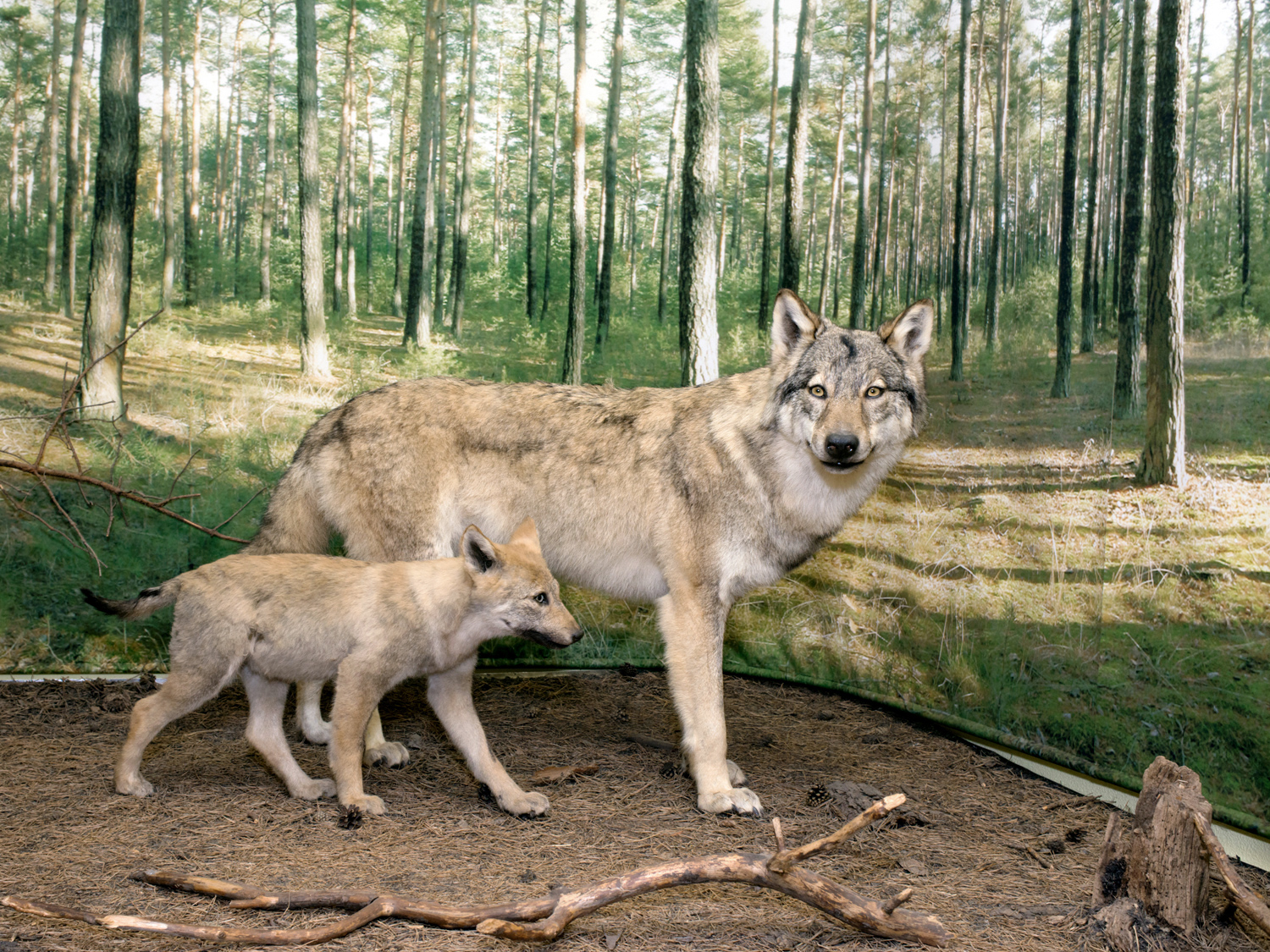
Wolves
Wolves were considered extinct in Germany for almost one hundred years, but in 1998, wolf tracks were noticed again for the first time in Lusatia. Today, tourists can go on guided wolf walks and visit a wolves' museum.
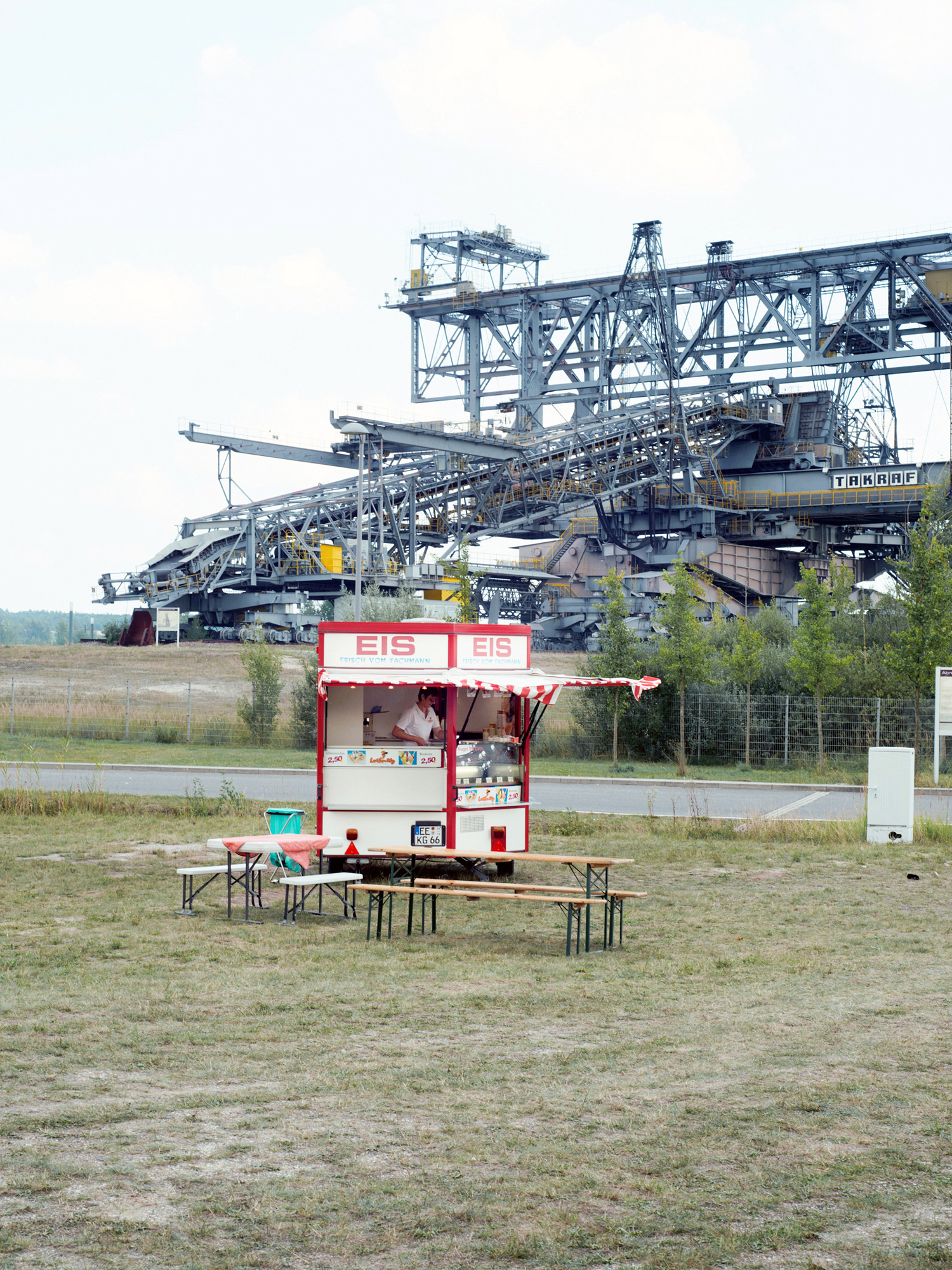
Ice Cream Stall
A stall is selling ice cream in front of the conveyer bridge F60. Since 1992, the bridge has not been in use and has been converted into a visitor center to teach about the region’s mining history.
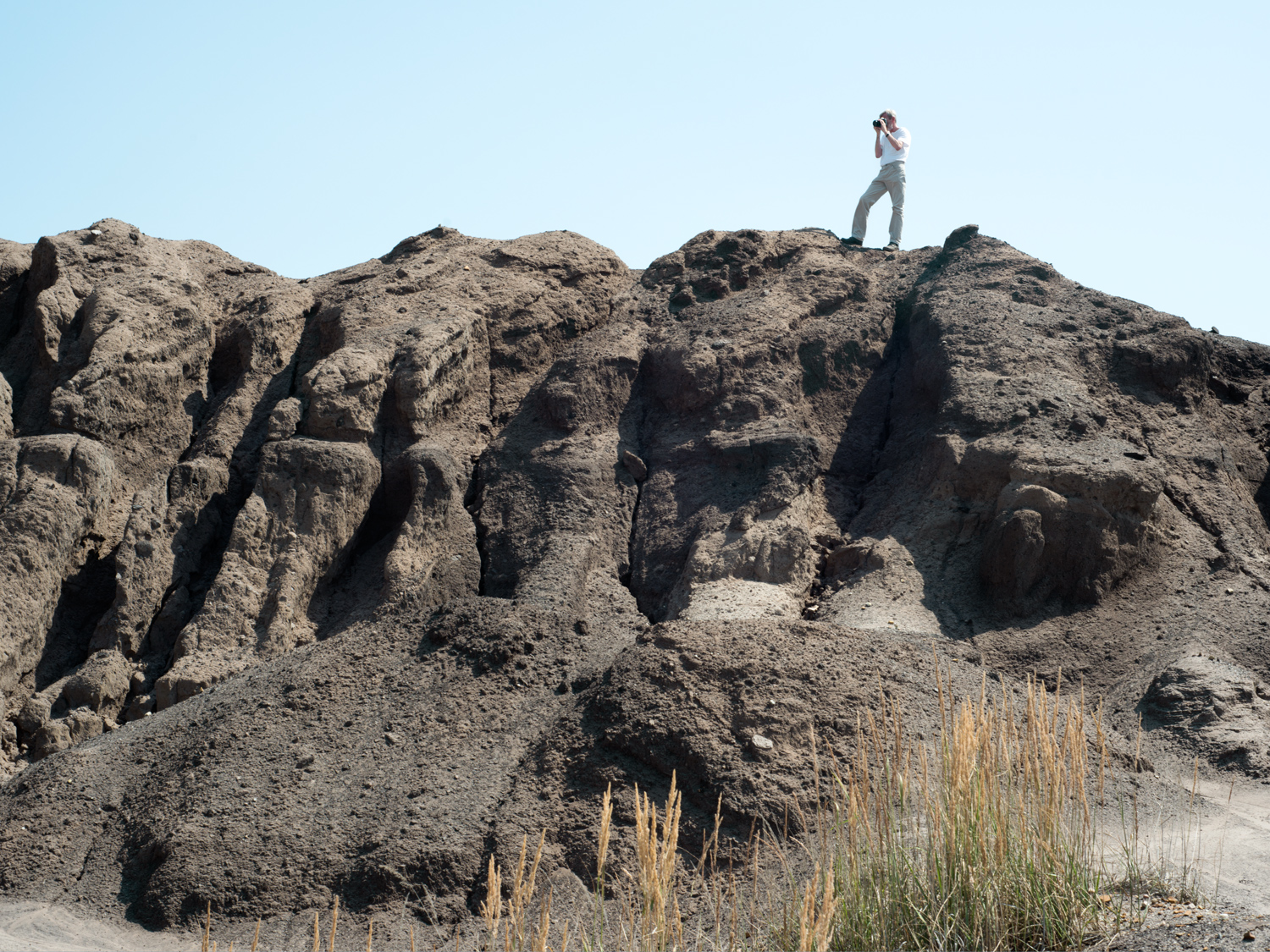
Tourist
The post mining landscape has served many times as backdrop for movies and television shows. Visitors are also often drawn to its particular appearance.
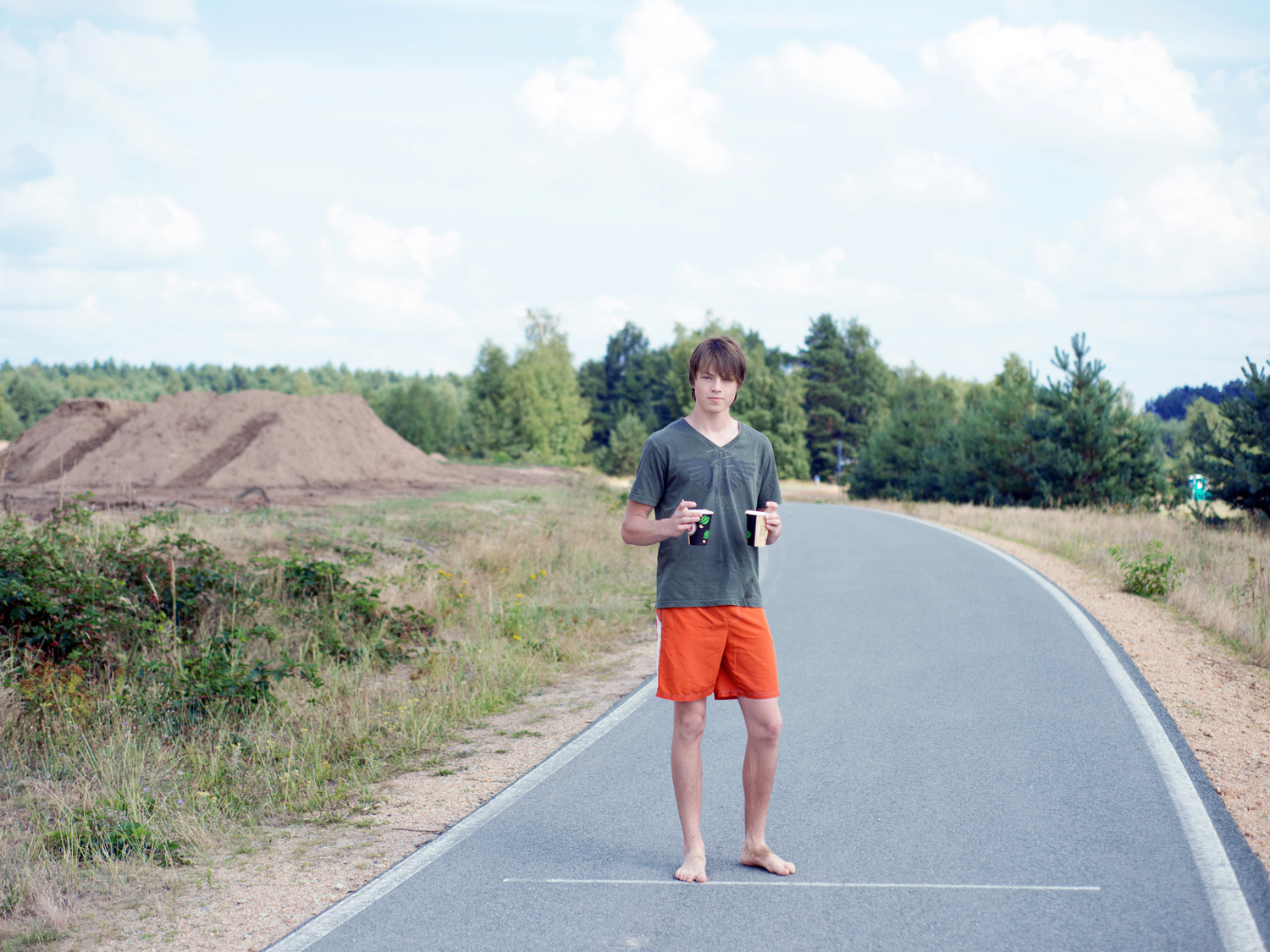
Hannes
Hannes lives quite close to the lake district but hadn’t been to the new lakes before. Today he came to see what it is all about.
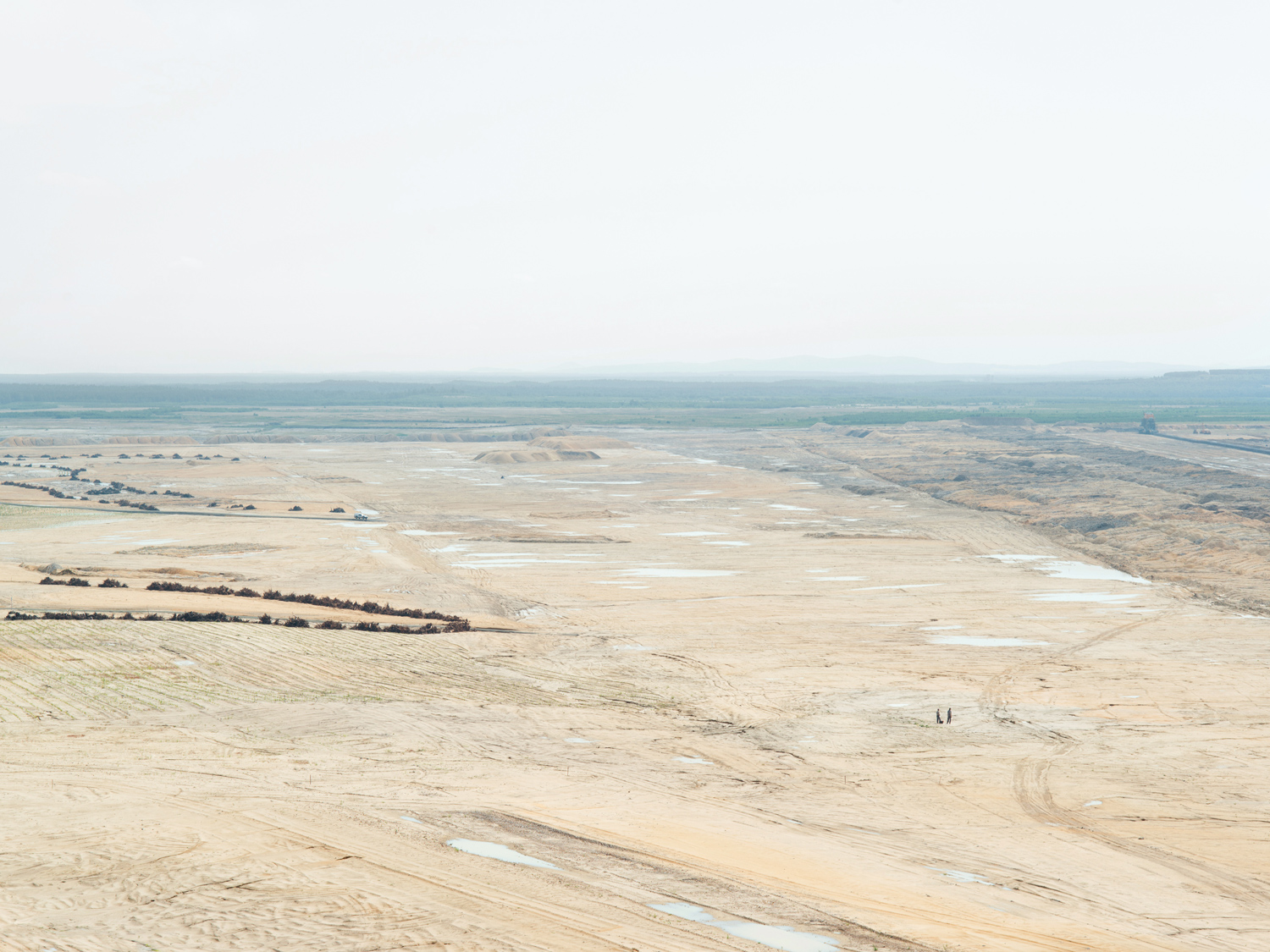
Nochten Opencast MIne I
Nochten opencast mine produces around 100,000 tonnes of coal daily. The coal is mined at a depth of up to 120 meters.
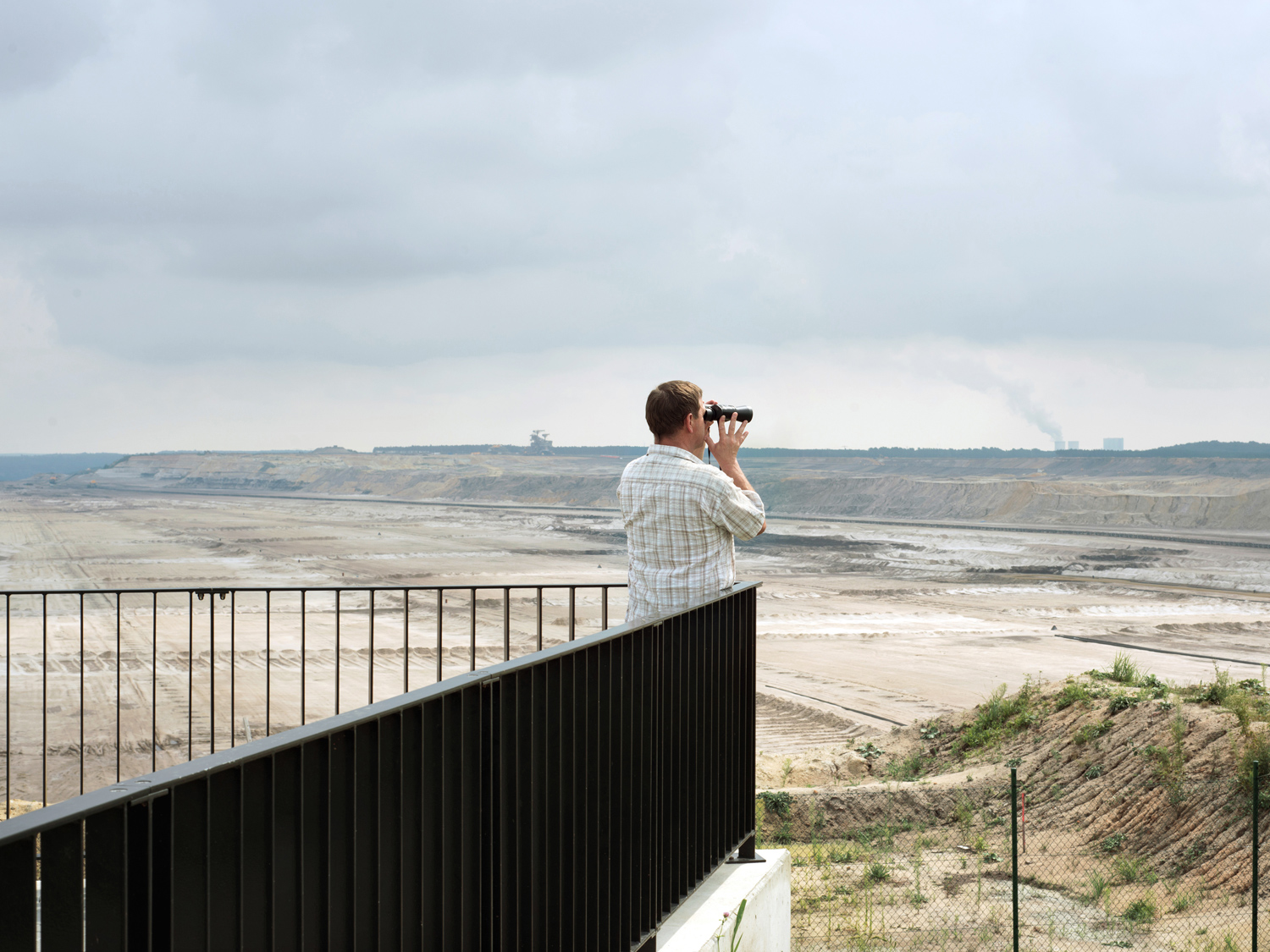
Outlook Platform
Observation points and towers were built to allow tourists to have views over the active mines and the changing landscape. Here, visitors are gazing from an outlook platform at the scale of the open cast mine “Nochten”.
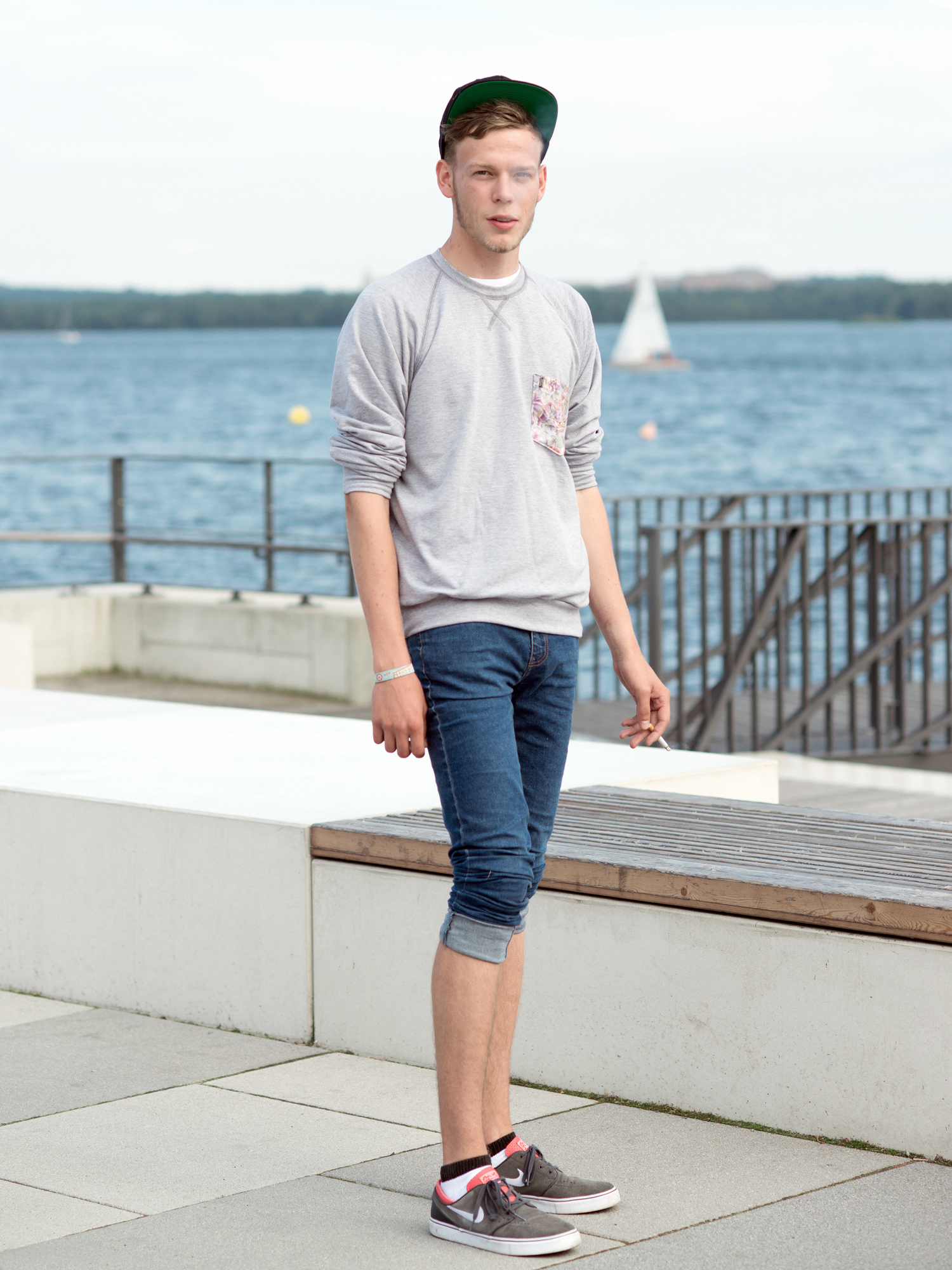
Felix
Felix lives not far from the lake “Senftenberger See“. The lake has always been a favorite spot for him to hang out with friends.
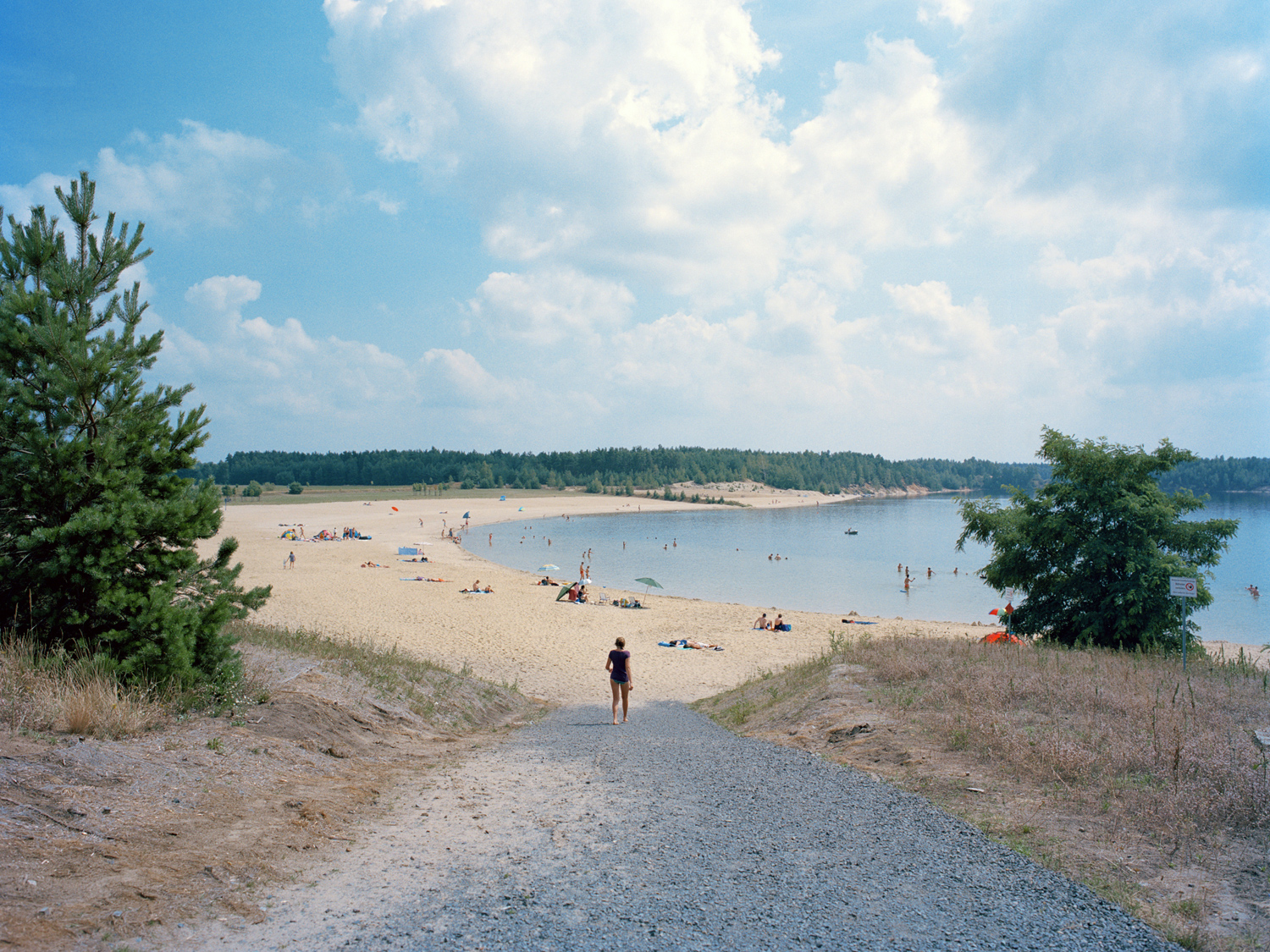
Beach
The creation of beaches is an important element in the development of Lusatian Lake District. The beach at “Bärwalder See” was opened in 2009 and is one of three beaches at the lake.
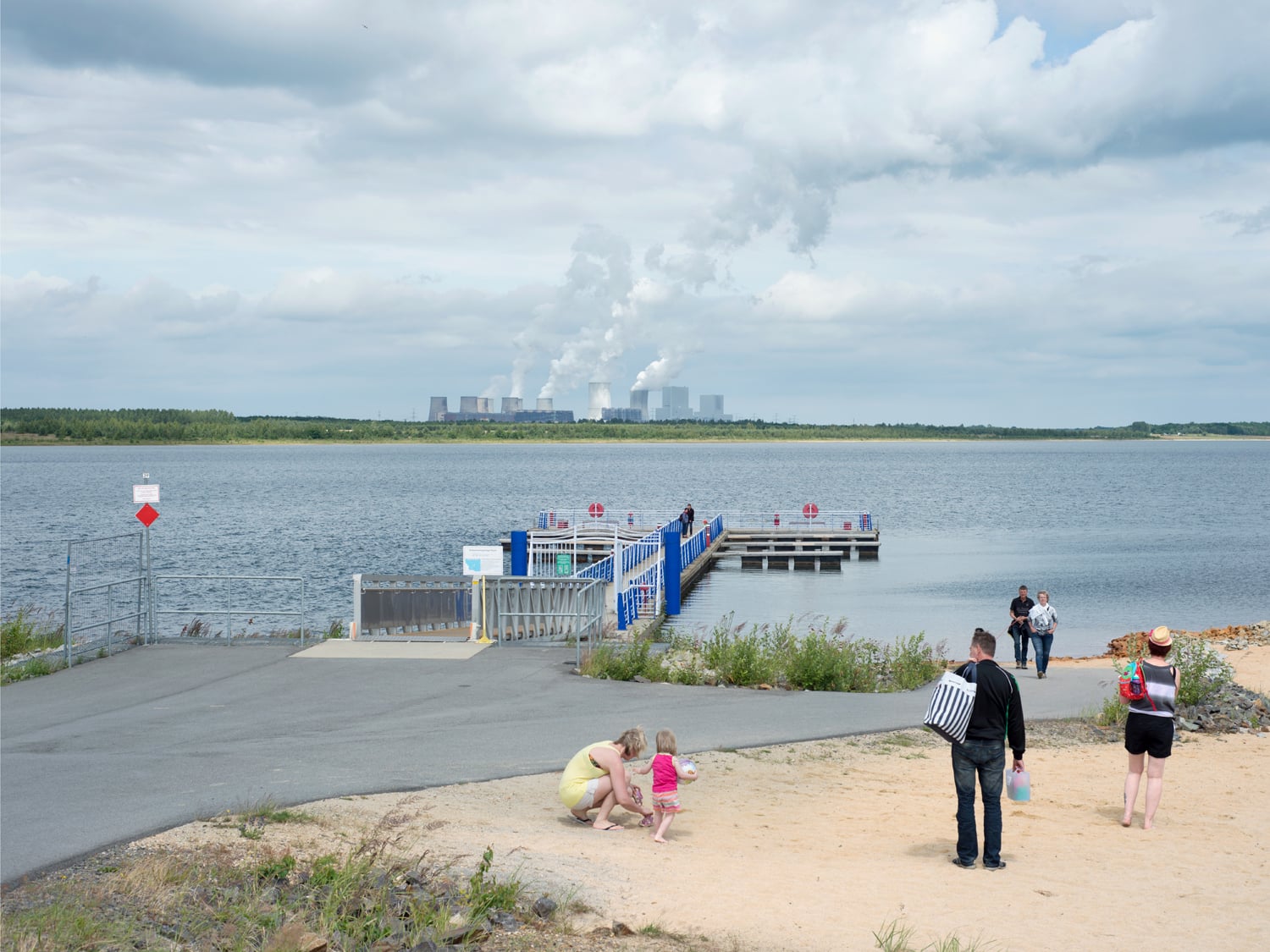
Lake "Bärwalder See"
This lake is the biggest lake in Saxony and the third biggest in the lake district. It is very popular for locals and also for holiday makers (especially from the Czech Republic).
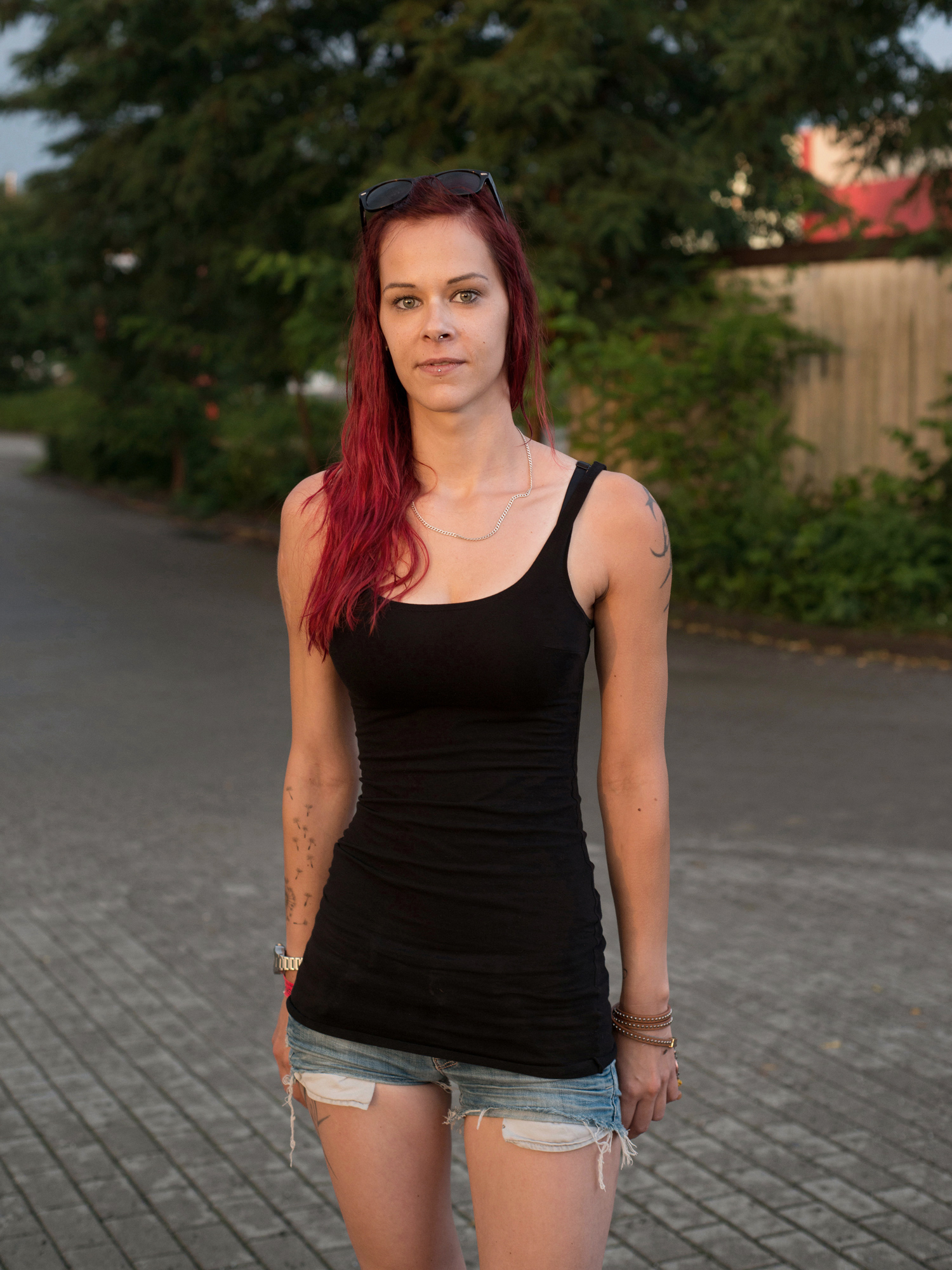
Isabell
Isabell loves the fact that she lives where other people take a vacation. The only downside for her is that there are still not enough jobs in the region
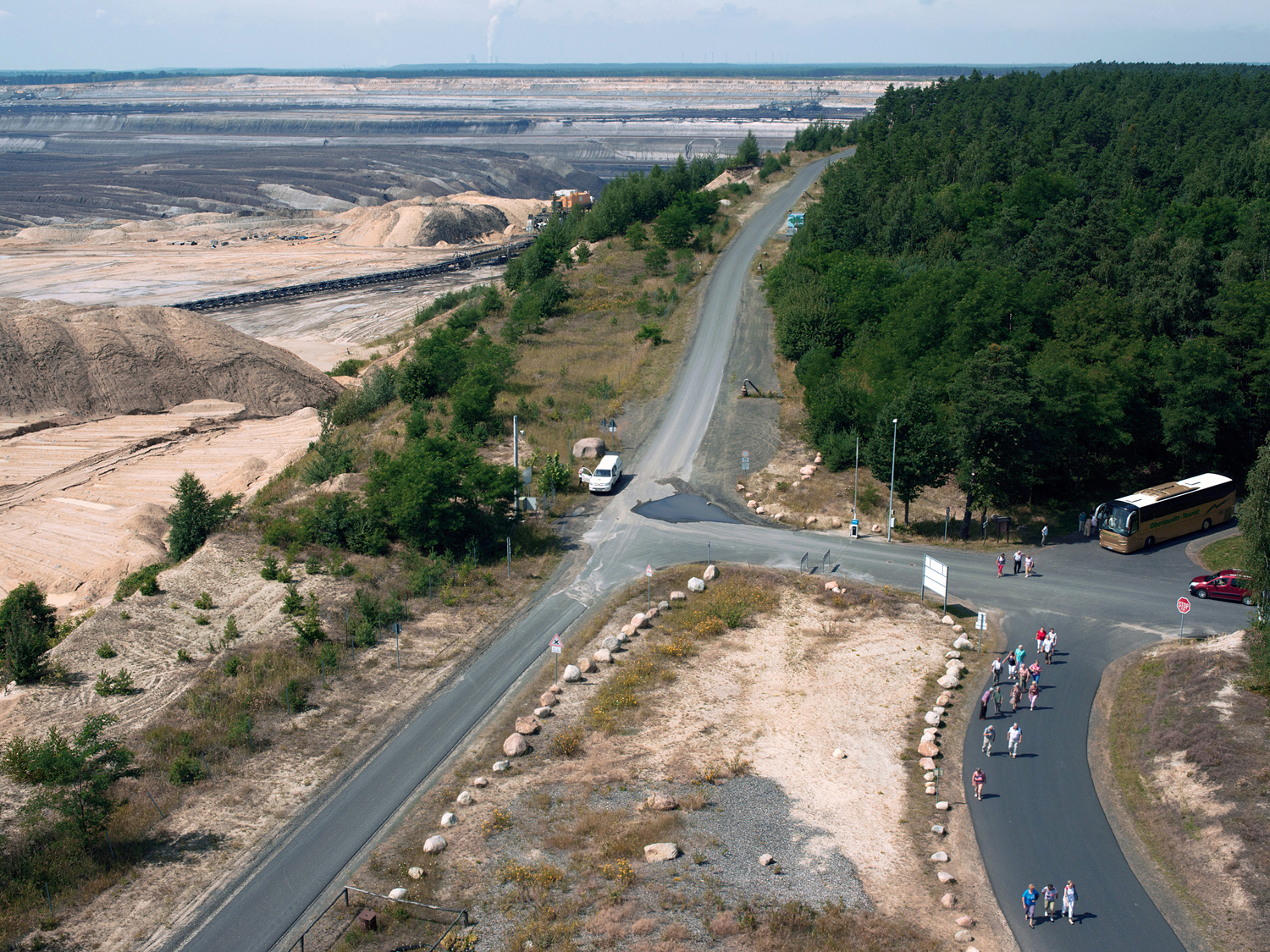
Bus Tourists
Tourists can explore the area with guided bus tours. Visitors stay an average of three days in the lake district.
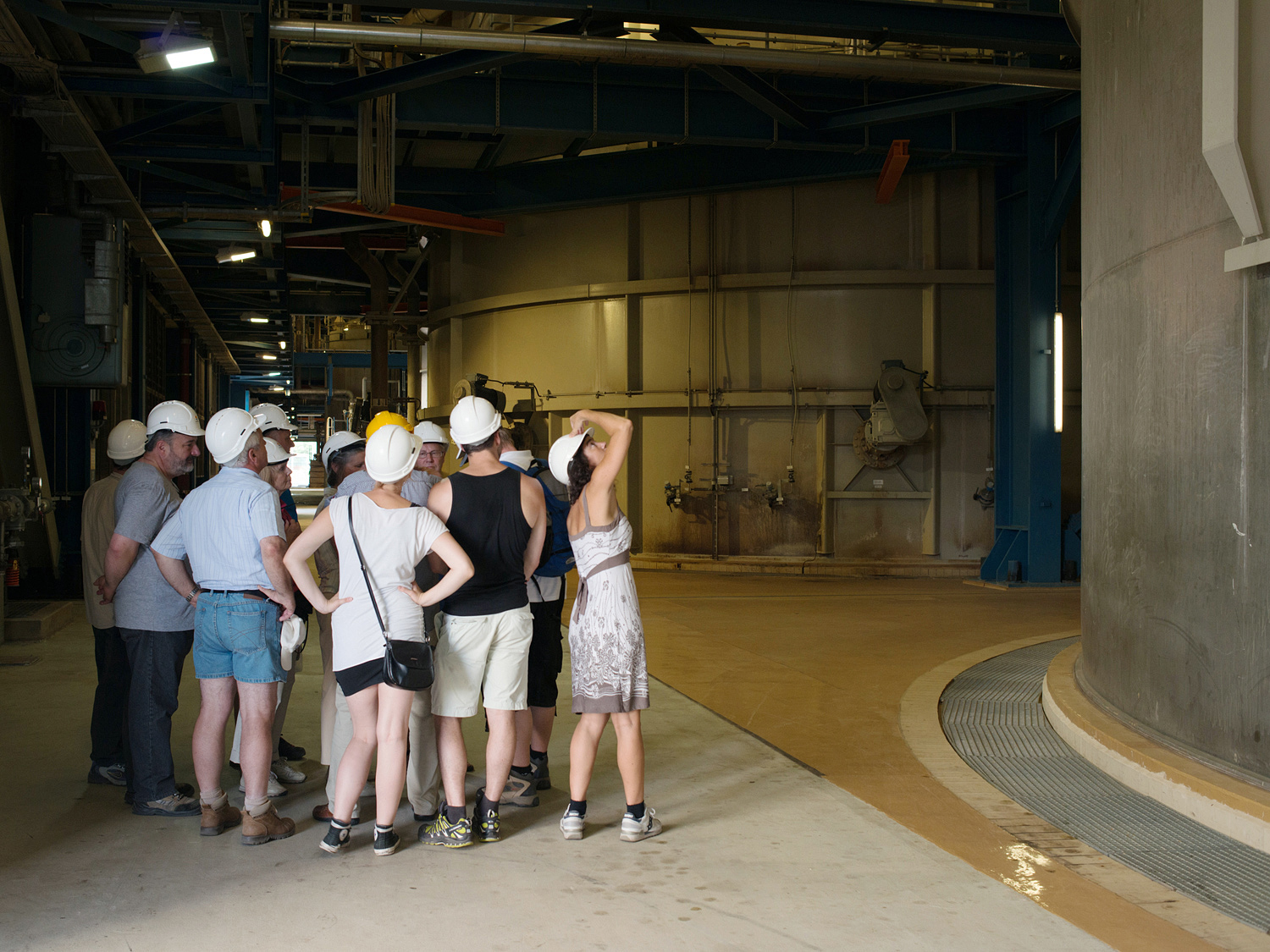
Power Plant Excursion
Visitors can experience a power station from inside and learn on a tour how electricity is generated from coal.
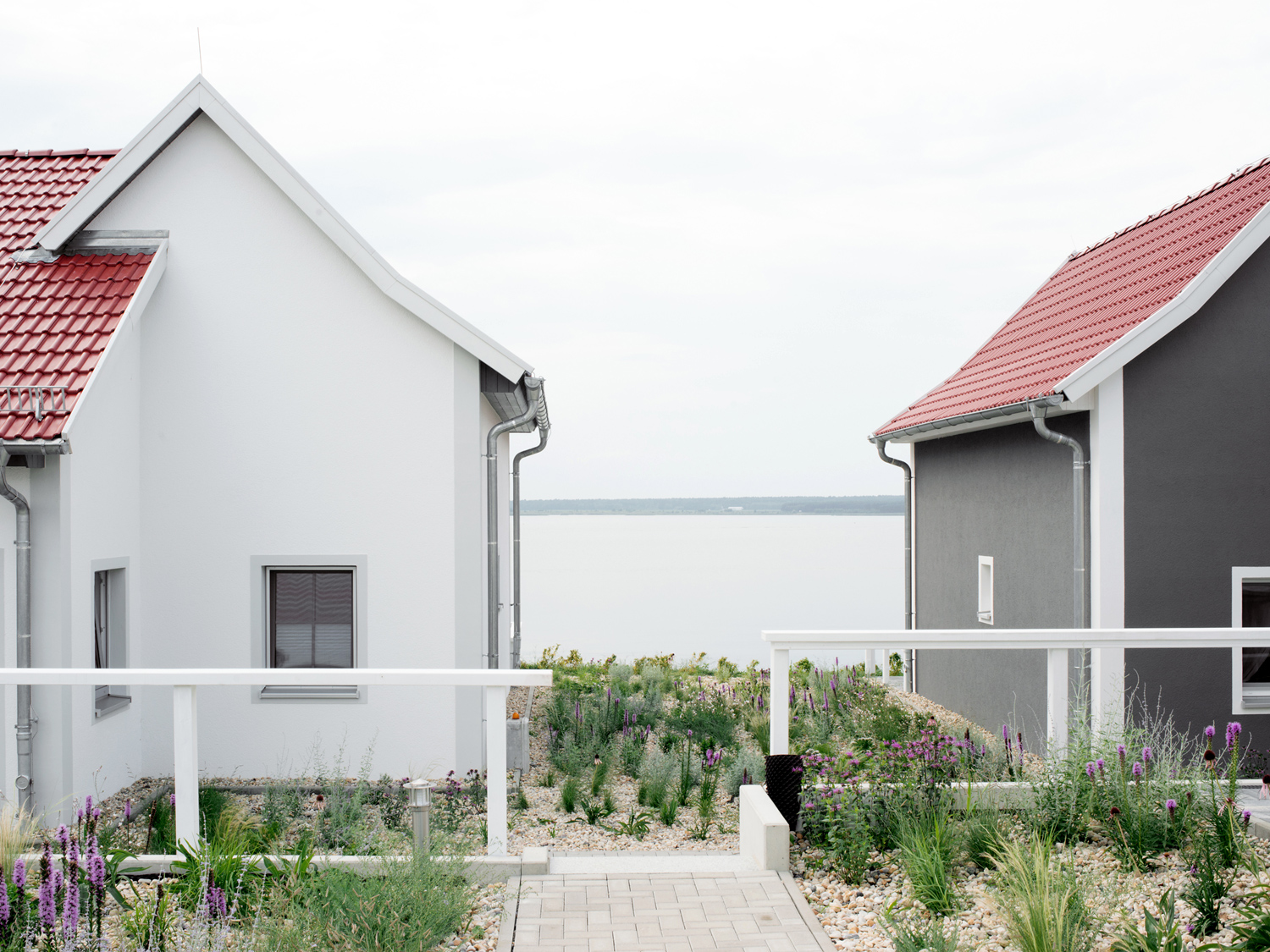
Holiday Apartments
New build holiday apartments overlooking the lake shall accommodate the growing number of guests.
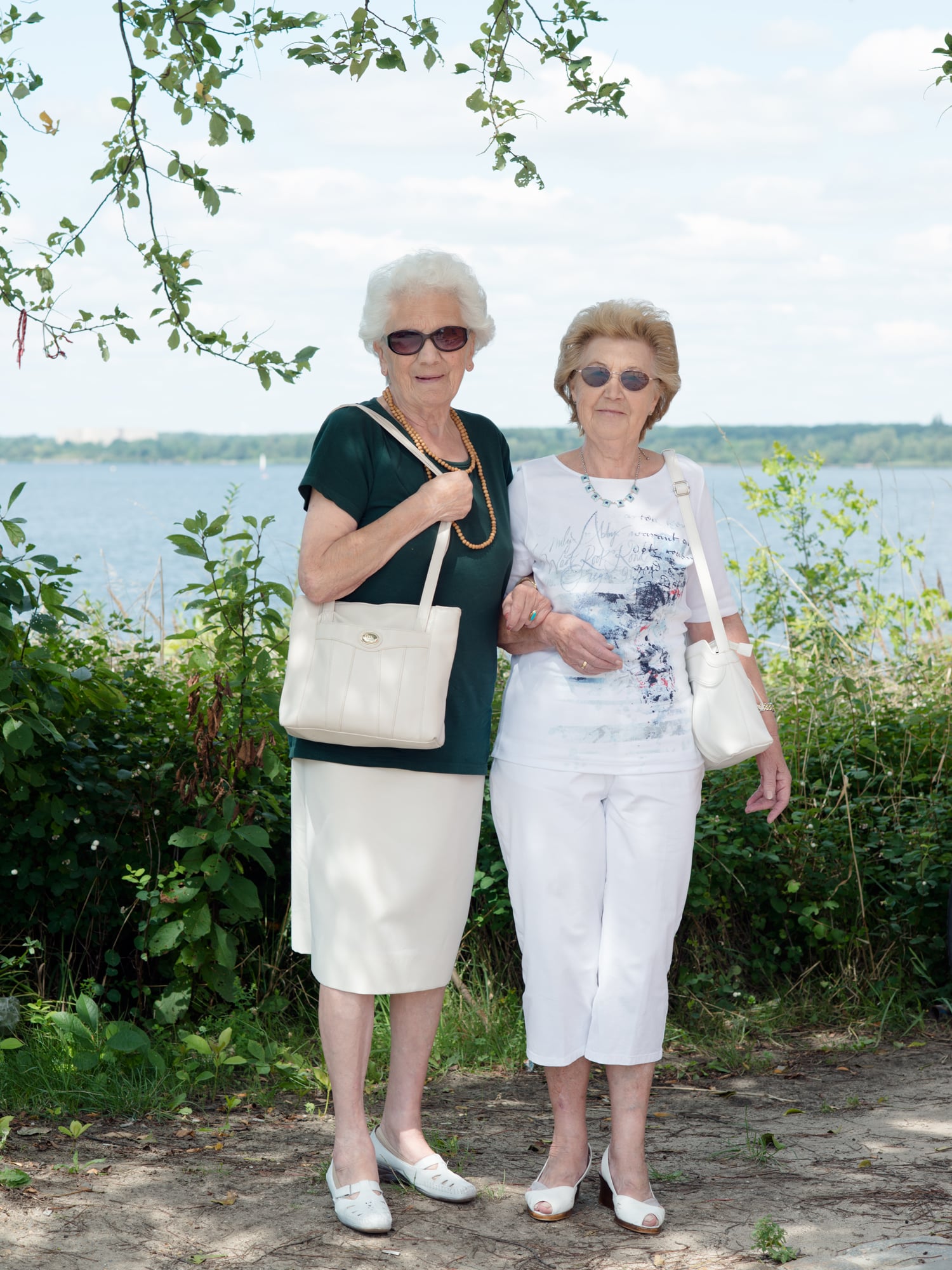
Eleanore and Erika
Eleanore and Erika are visiting lake "Senftenberger See". They live in the city Senftenberg, which is bordering the lake and they remember how different it used to look here. According to them people from Senftenberg are very proud of how much the area has changed within the last years.
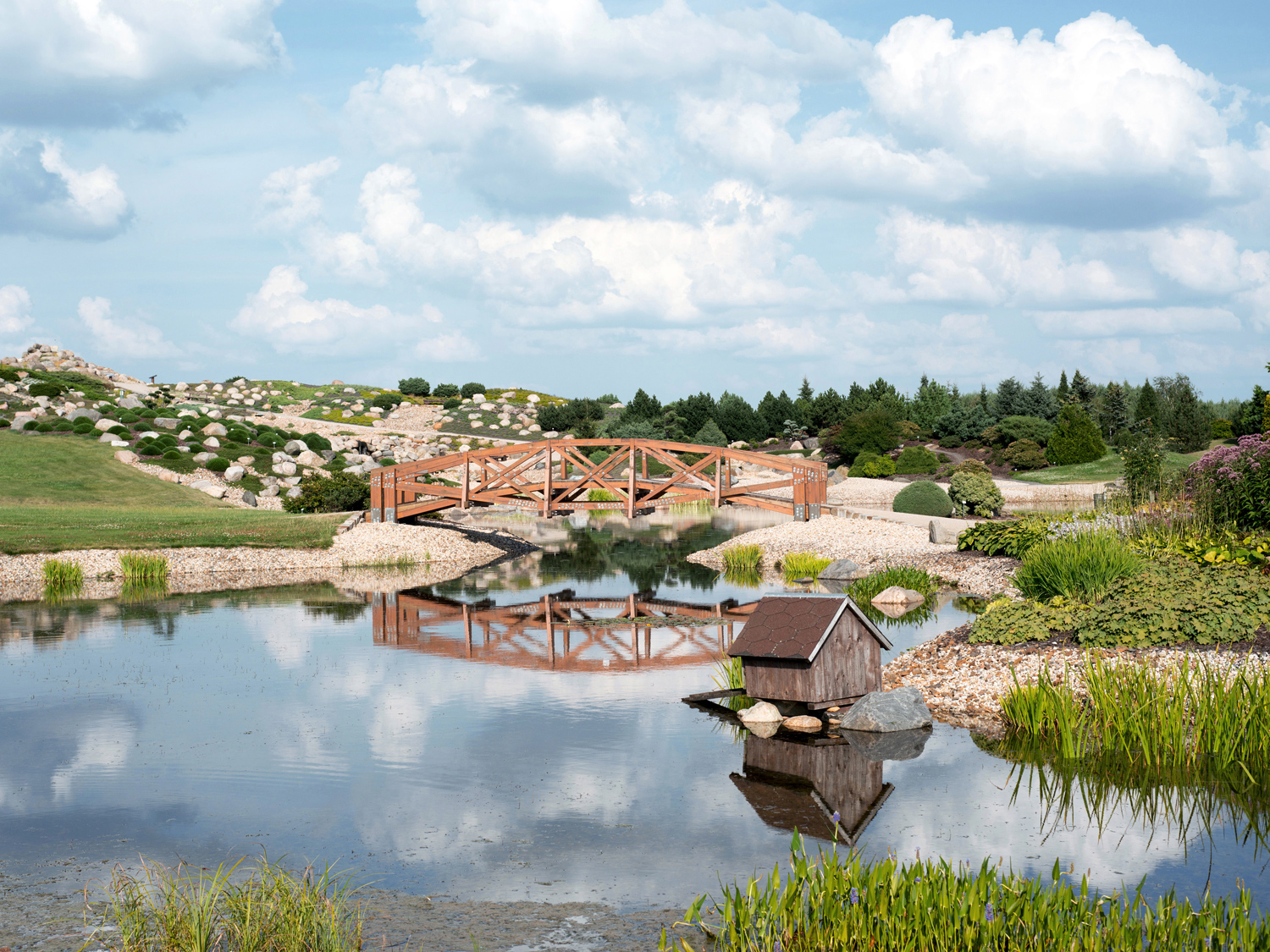
Nochten Boulder Park II
Visitors can explore over 6000 boulders in the park, which got recovered from the tailings of the regional mining industry.
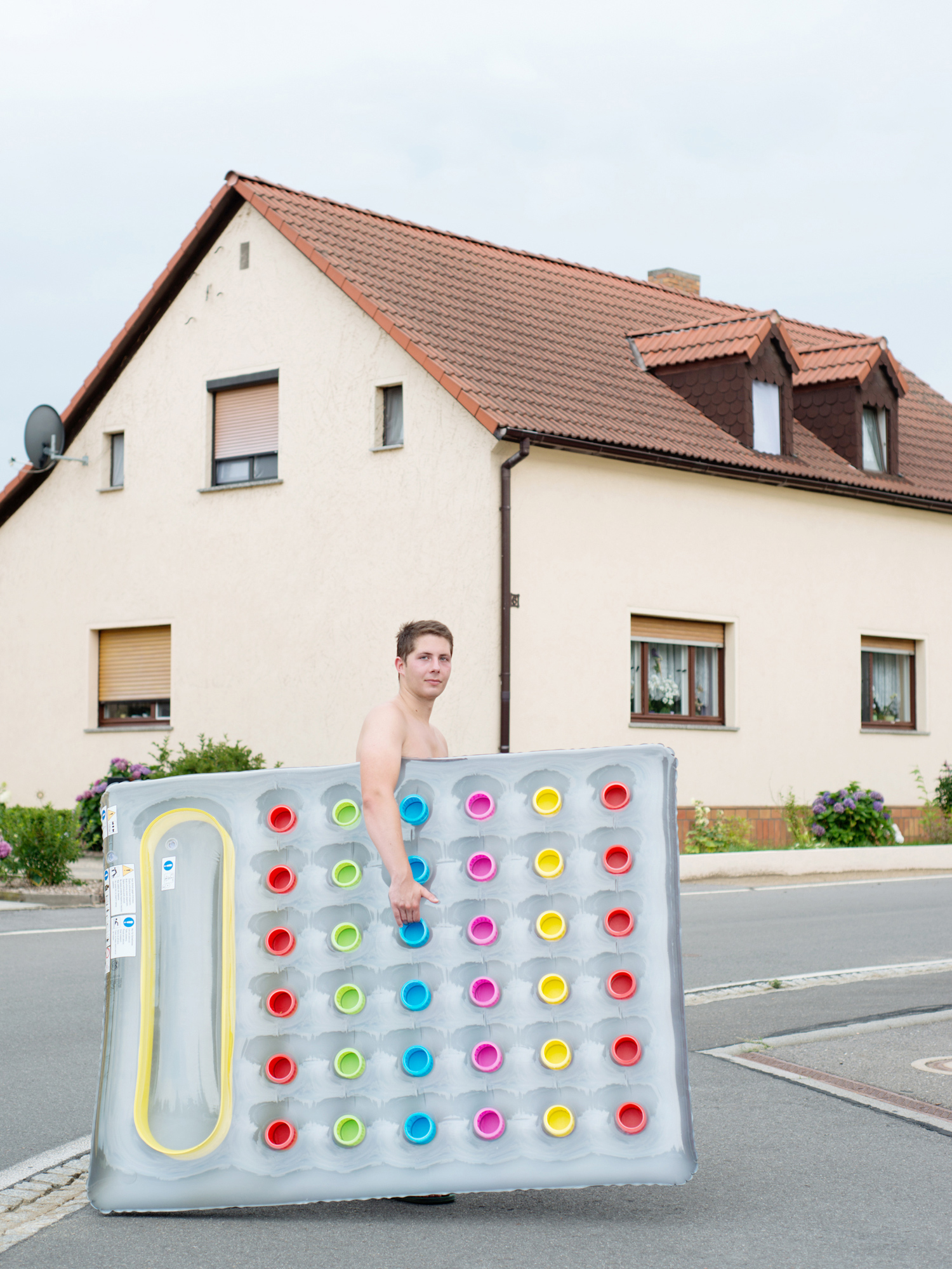
Max
Max is one of the holidaymakers visiting the lakes. He visited last year for the first time and has returned this summer because he really enjoyed his stay. Lusatian Lakeland’s tourism board has forecast the number of overnight stays to reach about 1.5 million per year by 2020.
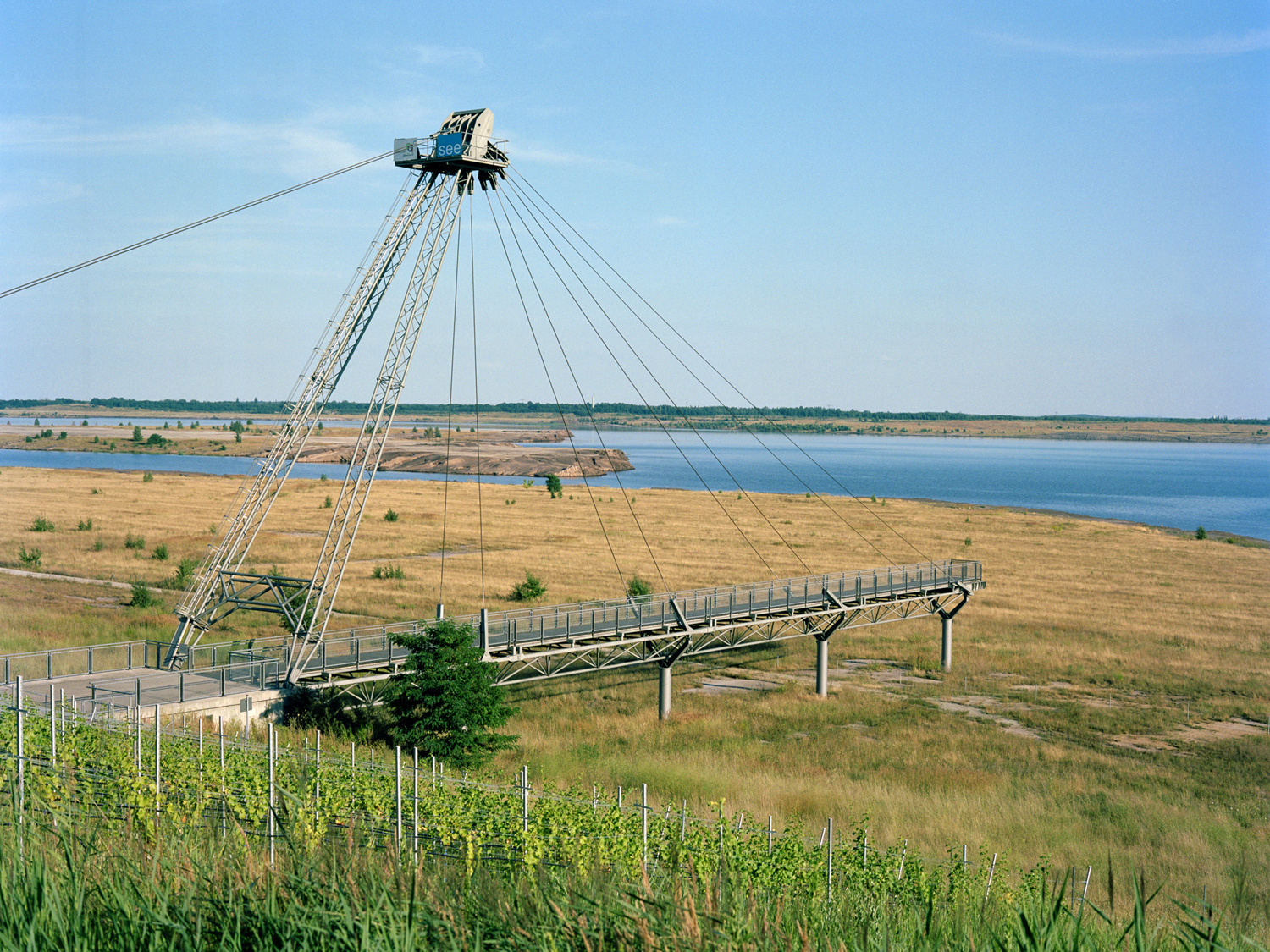
Future Pier
Piers and marinas are being built for future water sports on the lakes like sailing or motor boating. This pier is made from an old conveyer bridge. The former opencast mine is still in the process of being filled up. It is expected that the lake “Großräschener See” will rise to its planned water level in three years.
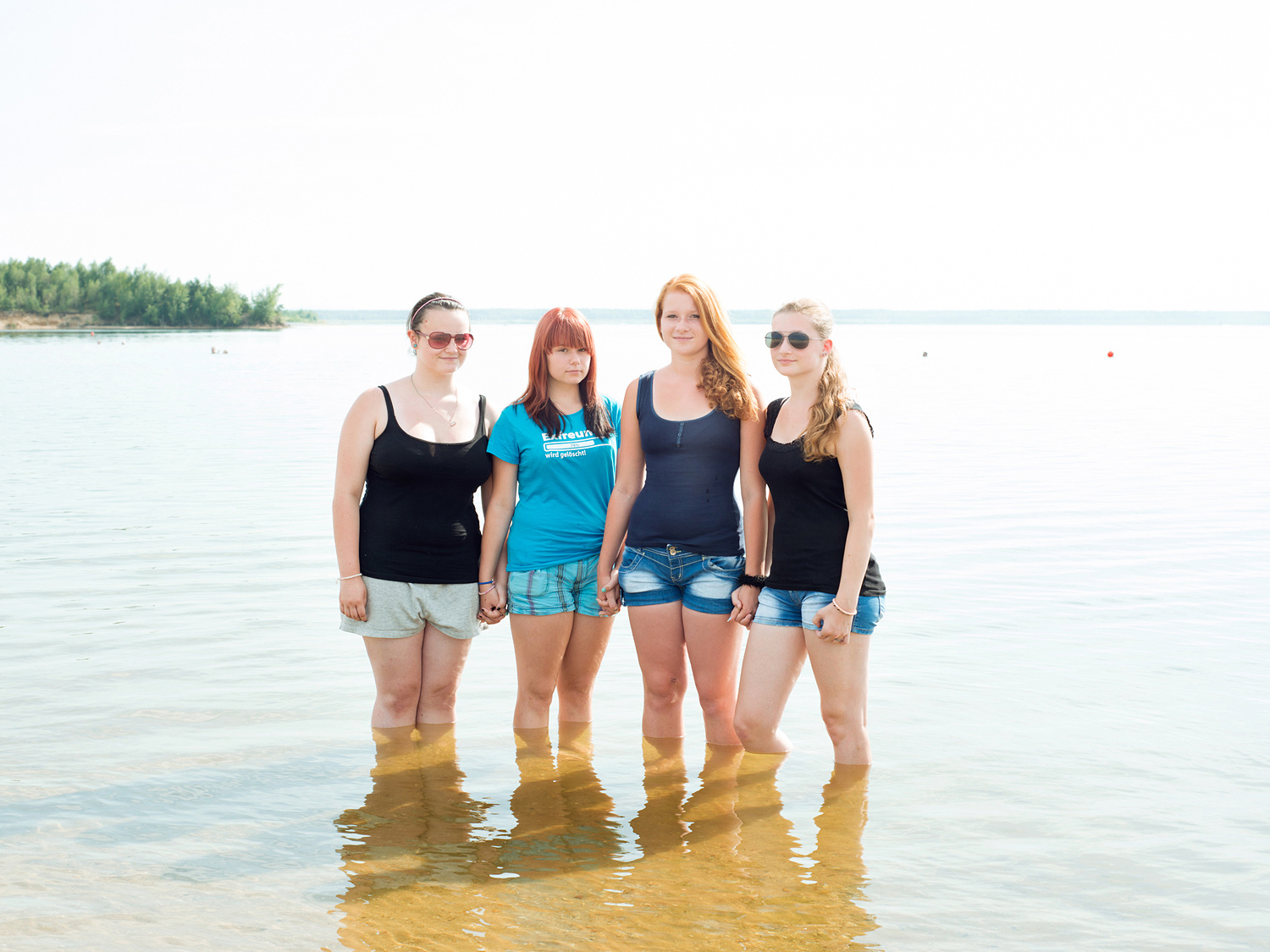
Lara, Sandra, Sofie and Lea
Lara, Sandra, Sofie and Lea live nearby lake “Bärwalder See,” and came to spend some time together.

Nochten Opencast Mine II
Nochten opencast mine moves forward at a speed of two meters per day.
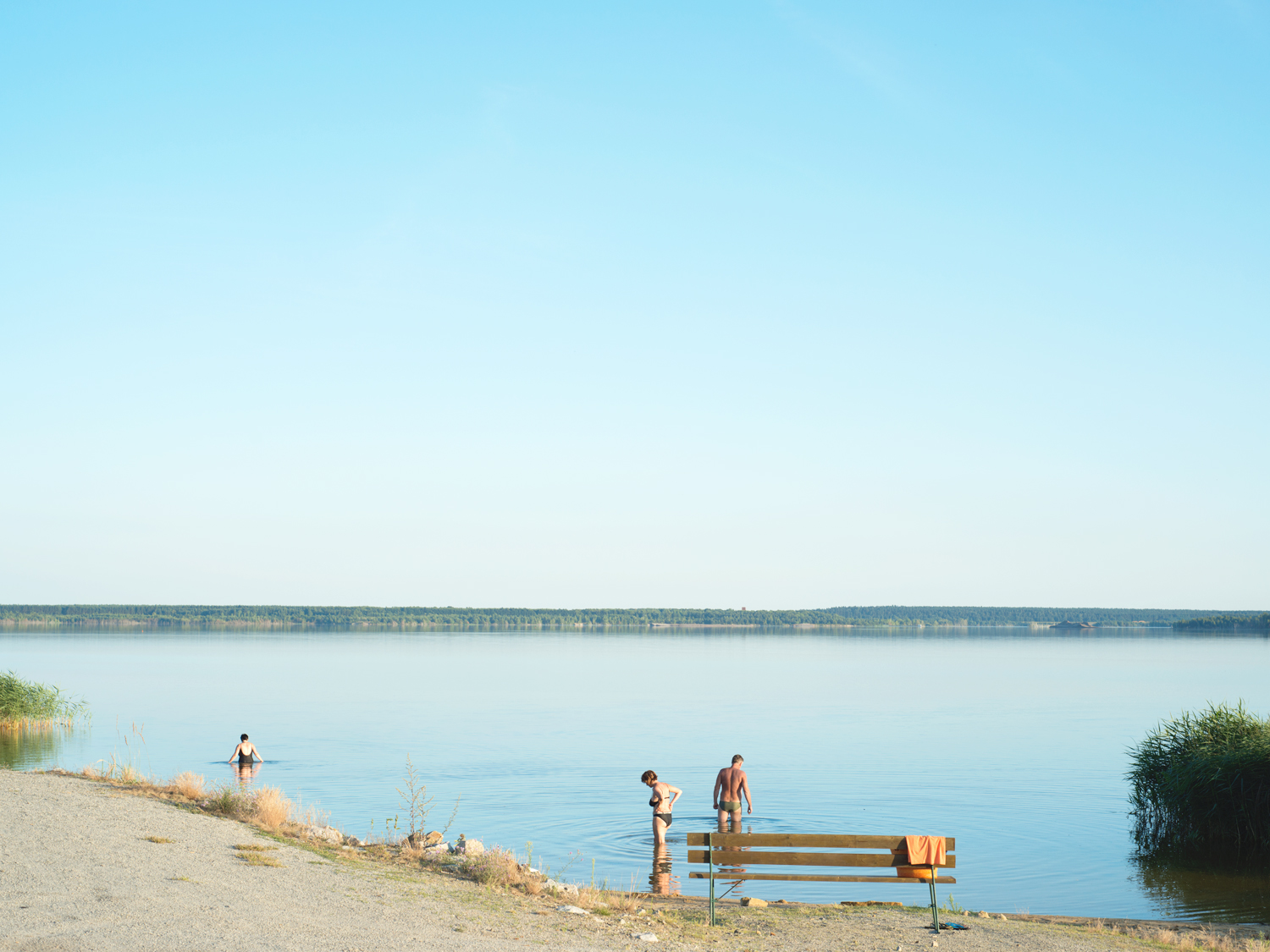
Swimmers
People going for a swim in one of the lakes that is officially still closed to the public.
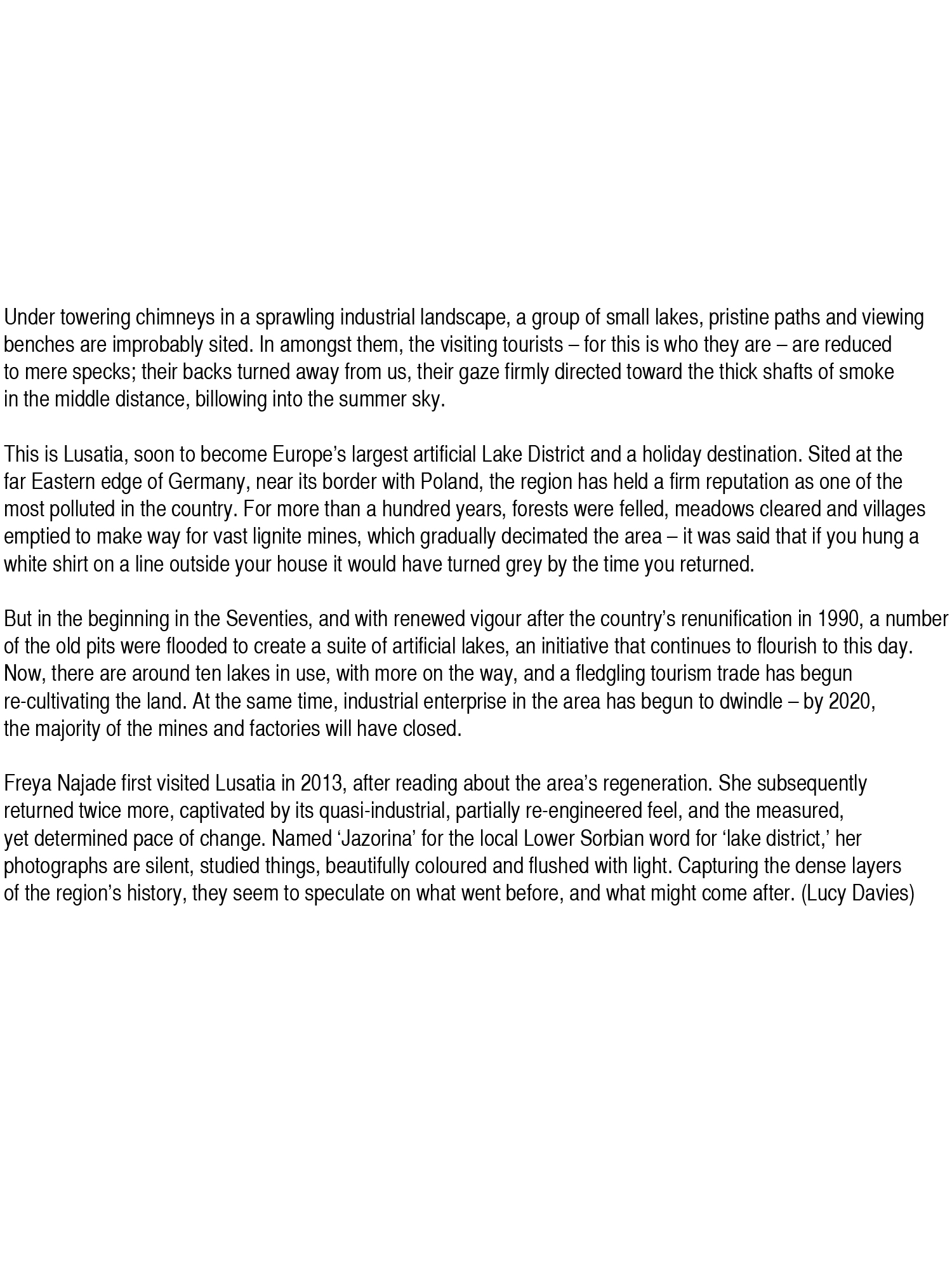
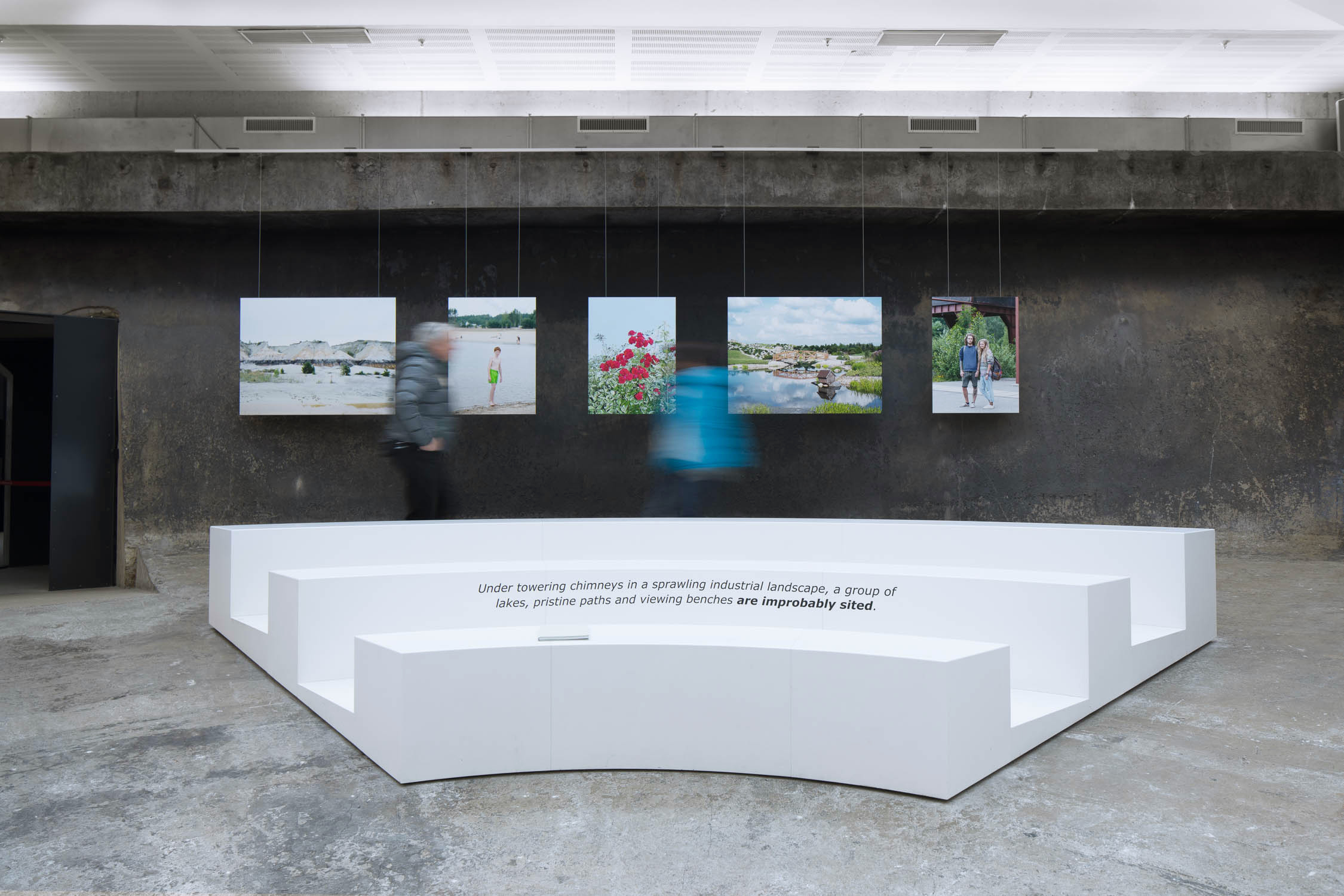
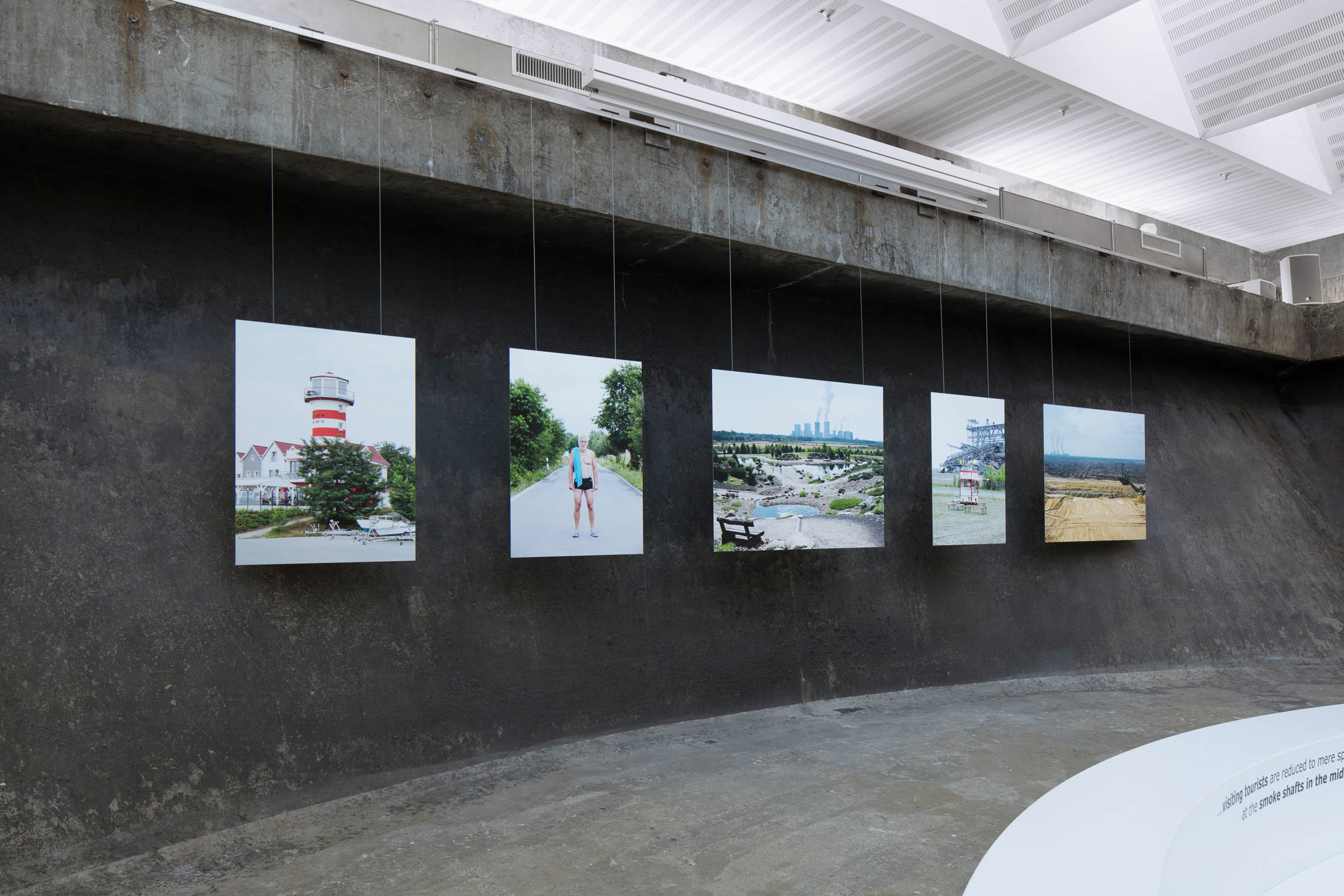
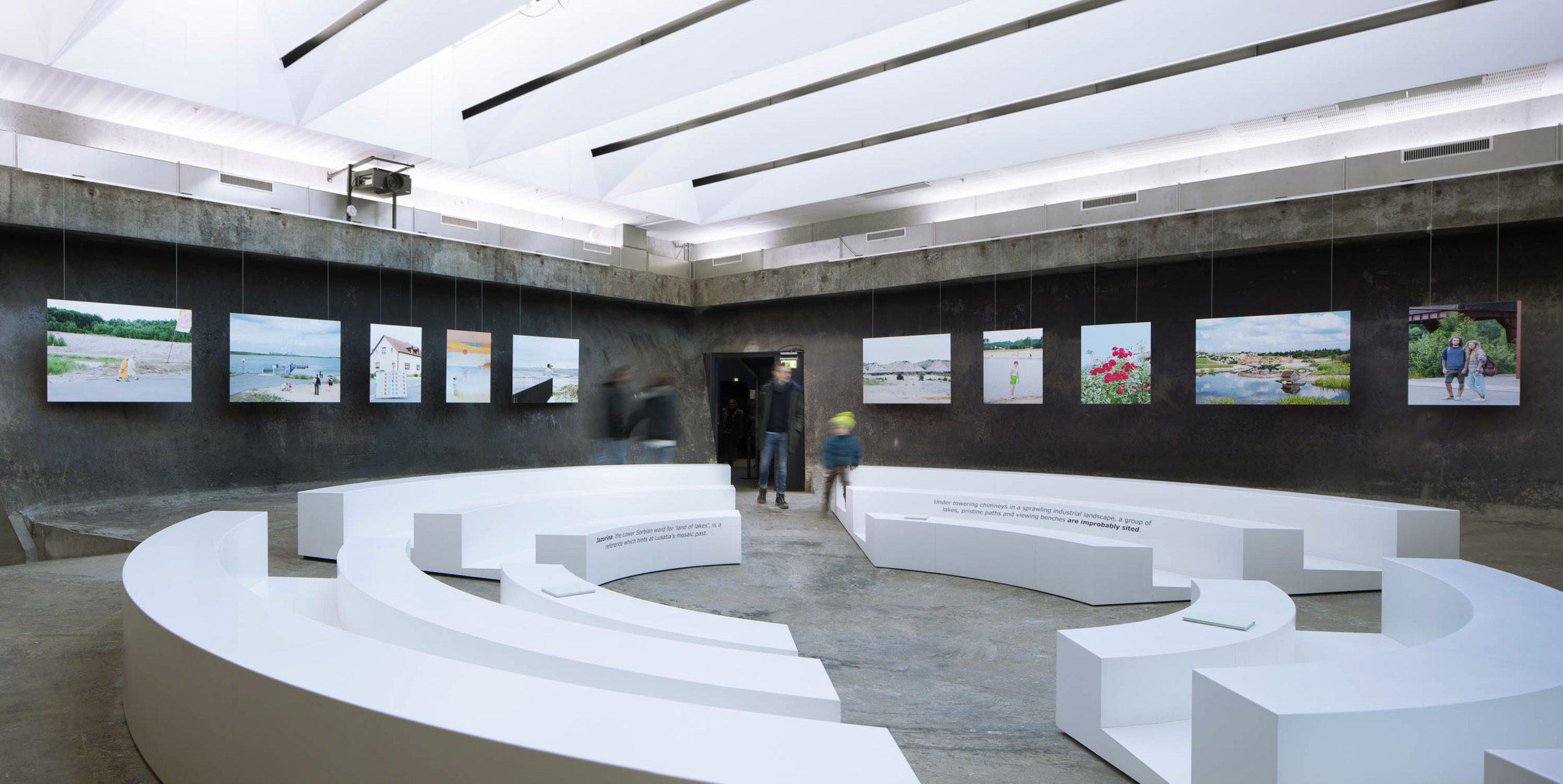
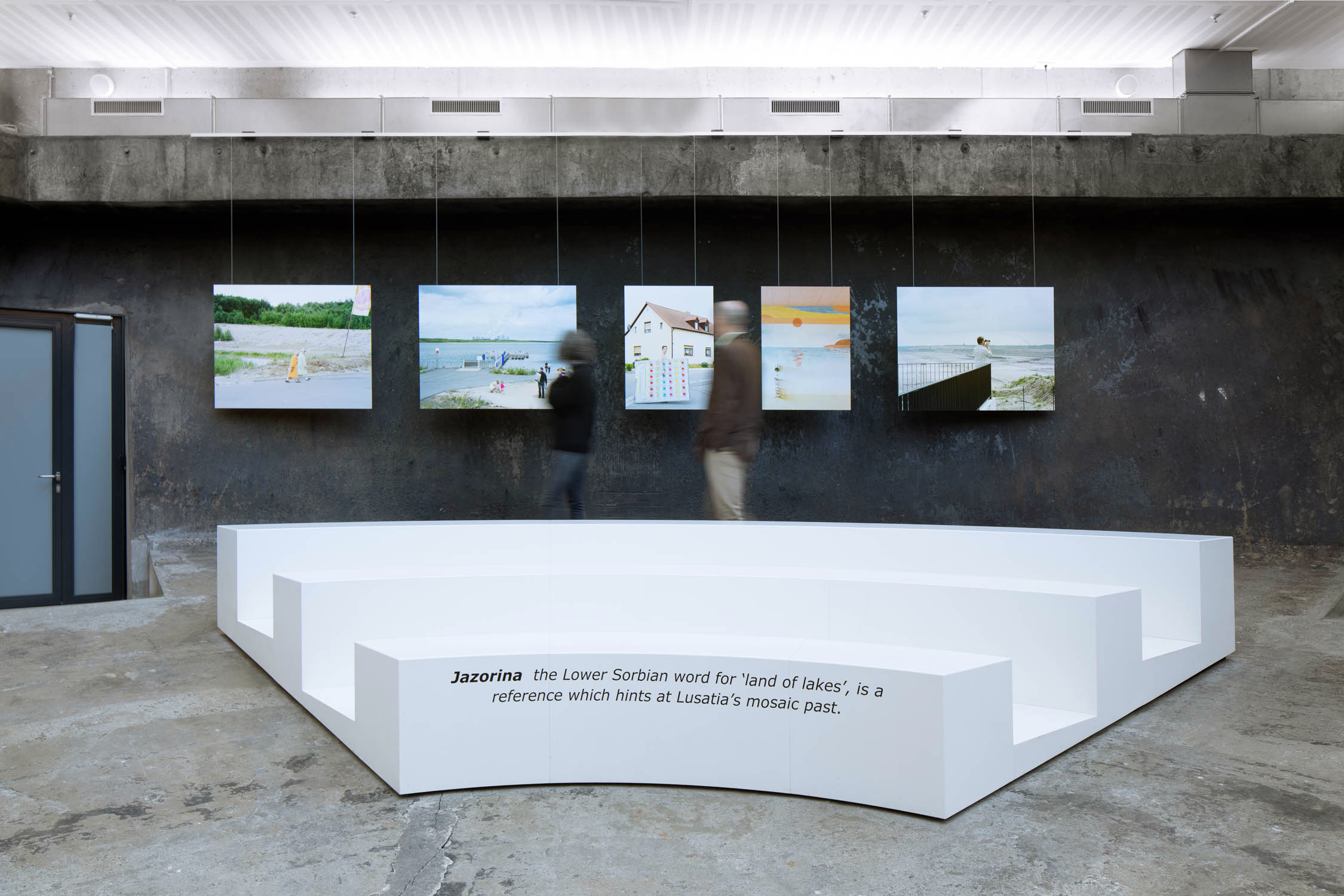
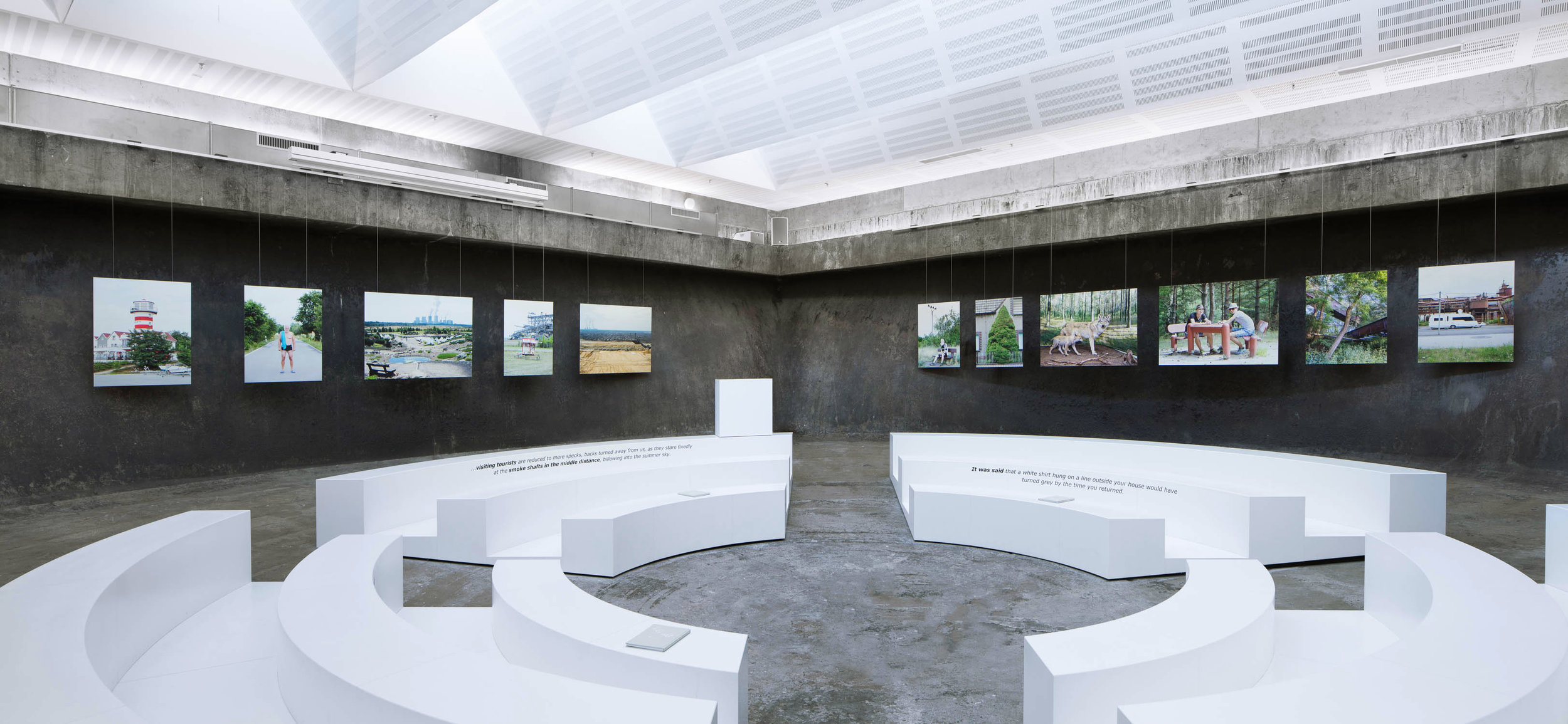
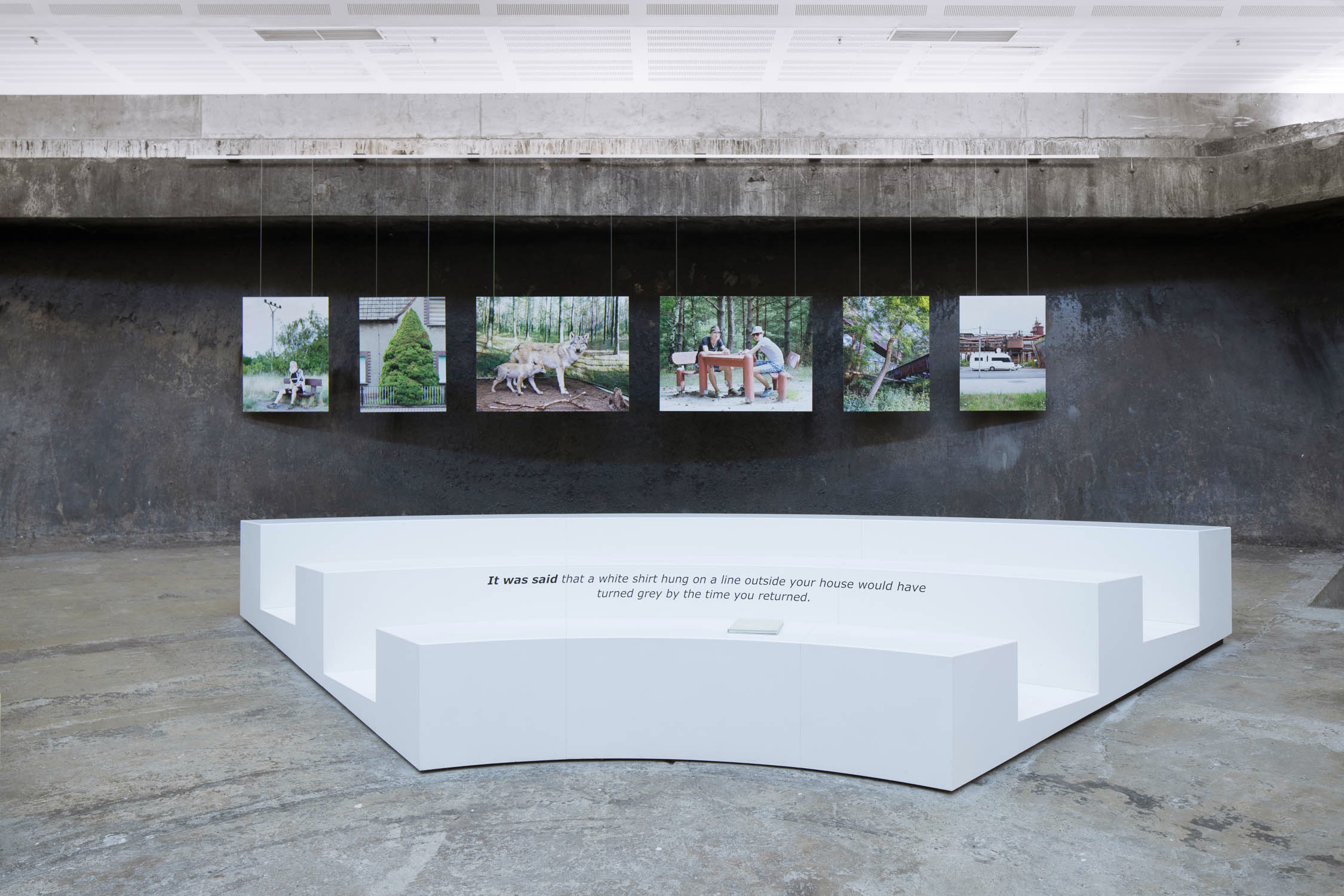


































Publisher: Kehrer Verlag
Texts: Lucy Davies and Tina Veihelmann
Hardcover, embossed
18.5 x 24 cm
104 pages
53 color ills.
German/English
May 2016
Cyrill
Lusatia, a mining region in the east of Germany, is being transformed into a holiday destination with the creation of more than twenty lakes, beaches and marinas. The lakes attract tourists and also people from the surrounding towns and villages. Cyrill's family lives quite close and today they enjoy a day at the lake “Baerwalder See”.
Steam
There are still five active opencast coal mines in Lusatia. The coal produced gets mainly consumed by the nearby power stations and briquette factory.
Roses
The planting of vegetation on former mines plays an important part in the recultivation of the landscapes and in the creation of a holiday destination.
Nochten Boulder Park
Nochten Boulder Park is one of the newly created landscapes. The park is located on the land of a former opencast mine.
Hermann
Many tourists enjoy that not too many people know about the lakes, yet. Hermann comes with his wife to Lusatian Lake District three to four times a year. He loves the solitude of the region.
Lake 'Blunoer Südsee'
The lake 'Blunoer Südsee' (engl. Blunoer South Sea) is not open to the public, yet. It owes its name to its location south of the town Bluno and to the South Sea, which wants to hint at the touristy region of the Pacific.
Wolves
Wolves were considered extinct in Germany for almost one hundred years, but in 1998, wolf tracks were noticed again for the first time in Lusatia. Today, tourists can go on guided wolf walks and visit a wolves' museum.
Ice Cream Stall
A stall is selling ice cream in front of the conveyer bridge F60. Since 1992, the bridge has not been in use and has been converted into a visitor center to teach about the region’s mining history.
Tourist
The post mining landscape has served many times as backdrop for movies and television shows. Visitors are also often drawn to its particular appearance.
Hannes
Hannes lives quite close to the lake district but hadn’t been to the new lakes before. Today he came to see what it is all about.
Nochten Opencast MIne I
Nochten opencast mine produces around 100,000 tonnes of coal daily. The coal is mined at a depth of up to 120 meters.
Outlook Platform
Observation points and towers were built to allow tourists to have views over the active mines and the changing landscape. Here, visitors are gazing from an outlook platform at the scale of the open cast mine “Nochten”.
Felix
Felix lives not far from the lake “Senftenberger See“. The lake has always been a favorite spot for him to hang out with friends.
Beach
The creation of beaches is an important element in the development of Lusatian Lake District. The beach at “Bärwalder See” was opened in 2009 and is one of three beaches at the lake.
Lake "Bärwalder See"
This lake is the biggest lake in Saxony and the third biggest in the lake district. It is very popular for locals and also for holiday makers (especially from the Czech Republic).
Isabell
Isabell loves the fact that she lives where other people take a vacation. The only downside for her is that there are still not enough jobs in the region
Bus Tourists
Tourists can explore the area with guided bus tours. Visitors stay an average of three days in the lake district.
Power Plant Excursion
Visitors can experience a power station from inside and learn on a tour how electricity is generated from coal.
Holiday Apartments
New build holiday apartments overlooking the lake shall accommodate the growing number of guests.
Eleanore and Erika
Eleanore and Erika are visiting lake "Senftenberger See". They live in the city Senftenberg, which is bordering the lake and they remember how different it used to look here. According to them people from Senftenberg are very proud of how much the area has changed within the last years.
Nochten Boulder Park II
Visitors can explore over 6000 boulders in the park, which got recovered from the tailings of the regional mining industry.
Max
Max is one of the holidaymakers visiting the lakes. He visited last year for the first time and has returned this summer because he really enjoyed his stay. Lusatian Lakeland’s tourism board has forecast the number of overnight stays to reach about 1.5 million per year by 2020.
Future Pier
Piers and marinas are being built for future water sports on the lakes like sailing or motor boating. This pier is made from an old conveyer bridge. The former opencast mine is still in the process of being filled up. It is expected that the lake “Großräschener See” will rise to its planned water level in three years.
Lara, Sandra, Sofie and Lea
Lara, Sandra, Sofie and Lea live nearby lake “Bärwalder See,” and came to spend some time together.
Nochten Opencast Mine II
Nochten opencast mine moves forward at a speed of two meters per day.
Swimmers
People going for a swim in one of the lakes that is officially still closed to the public.